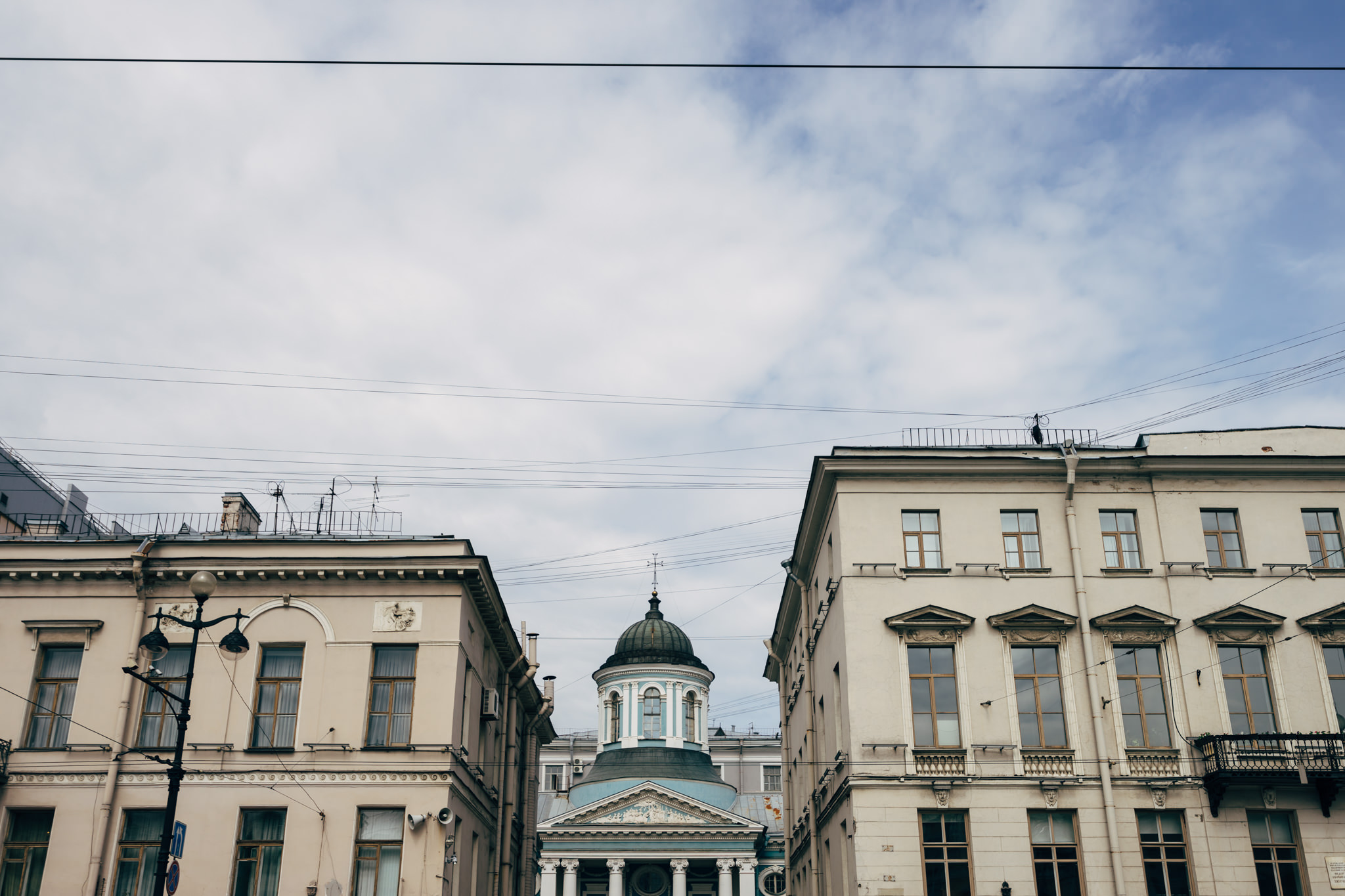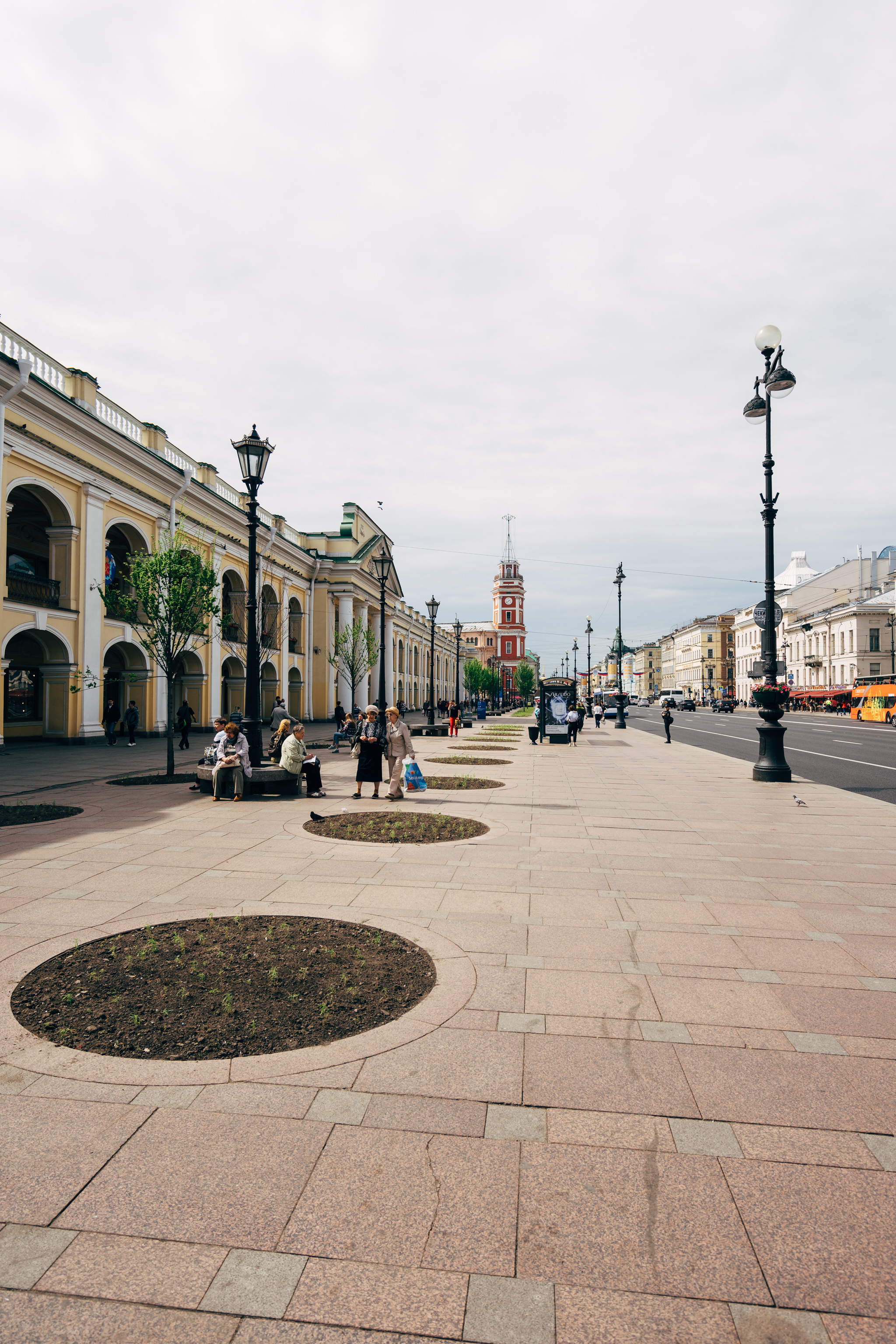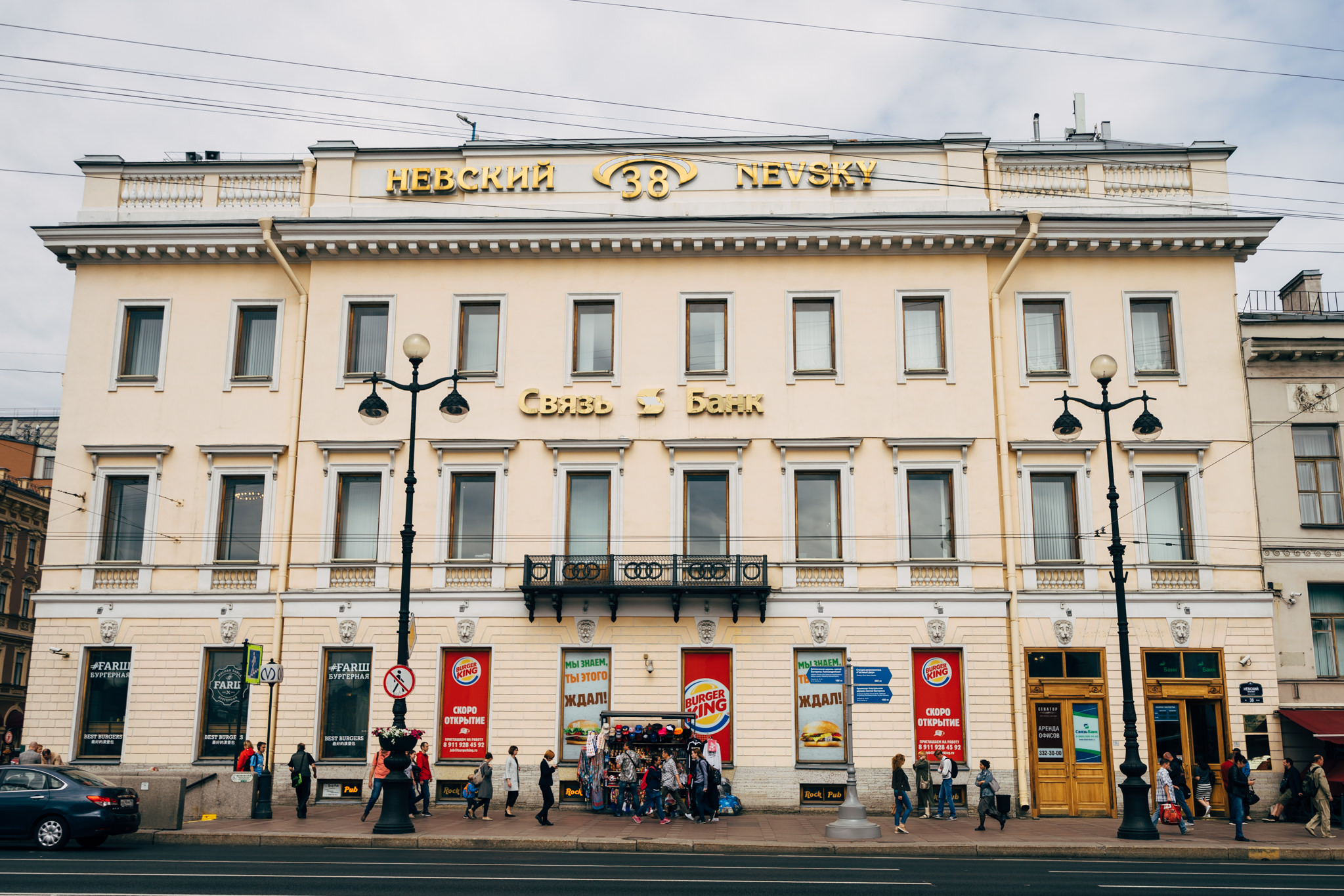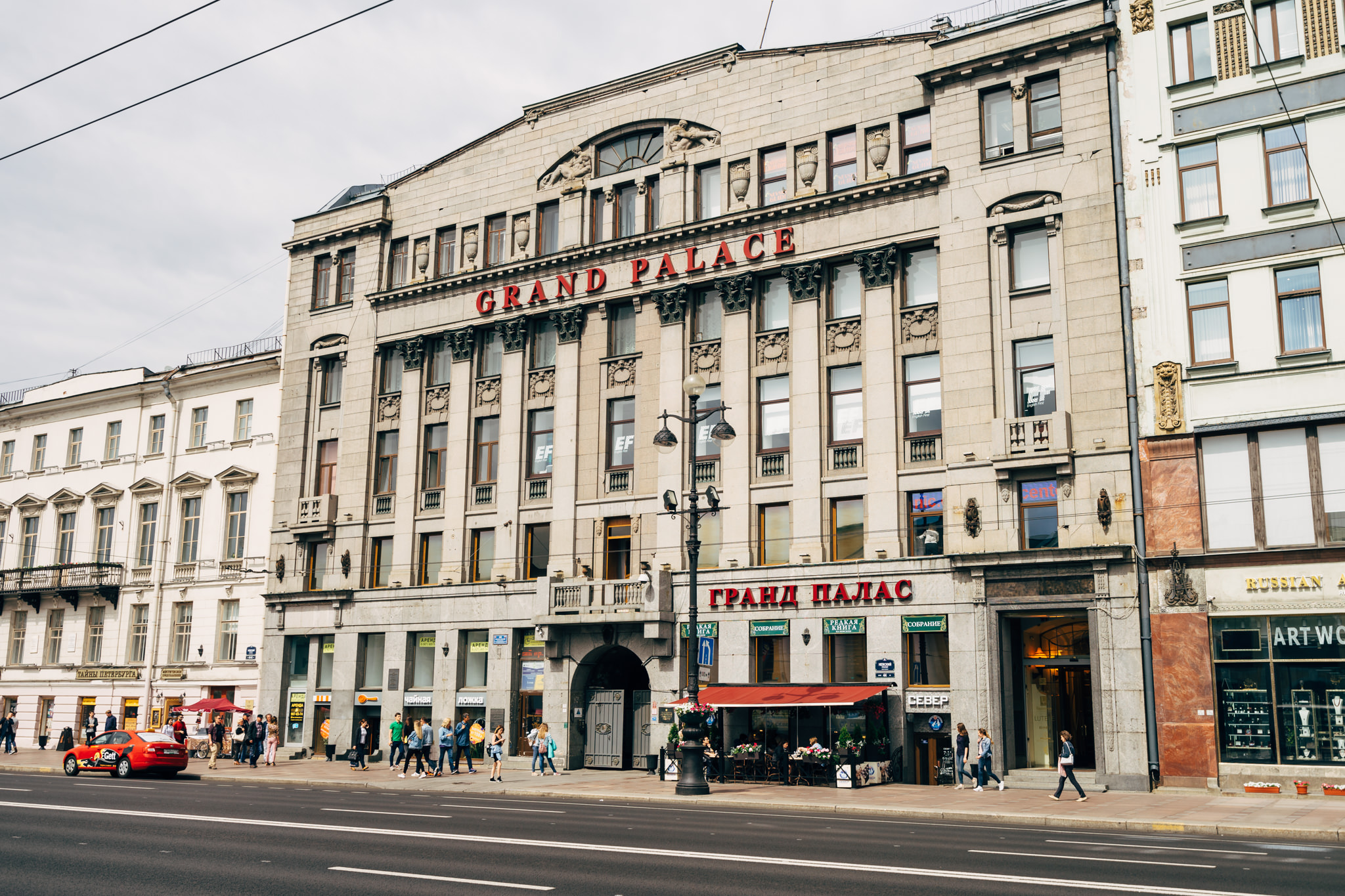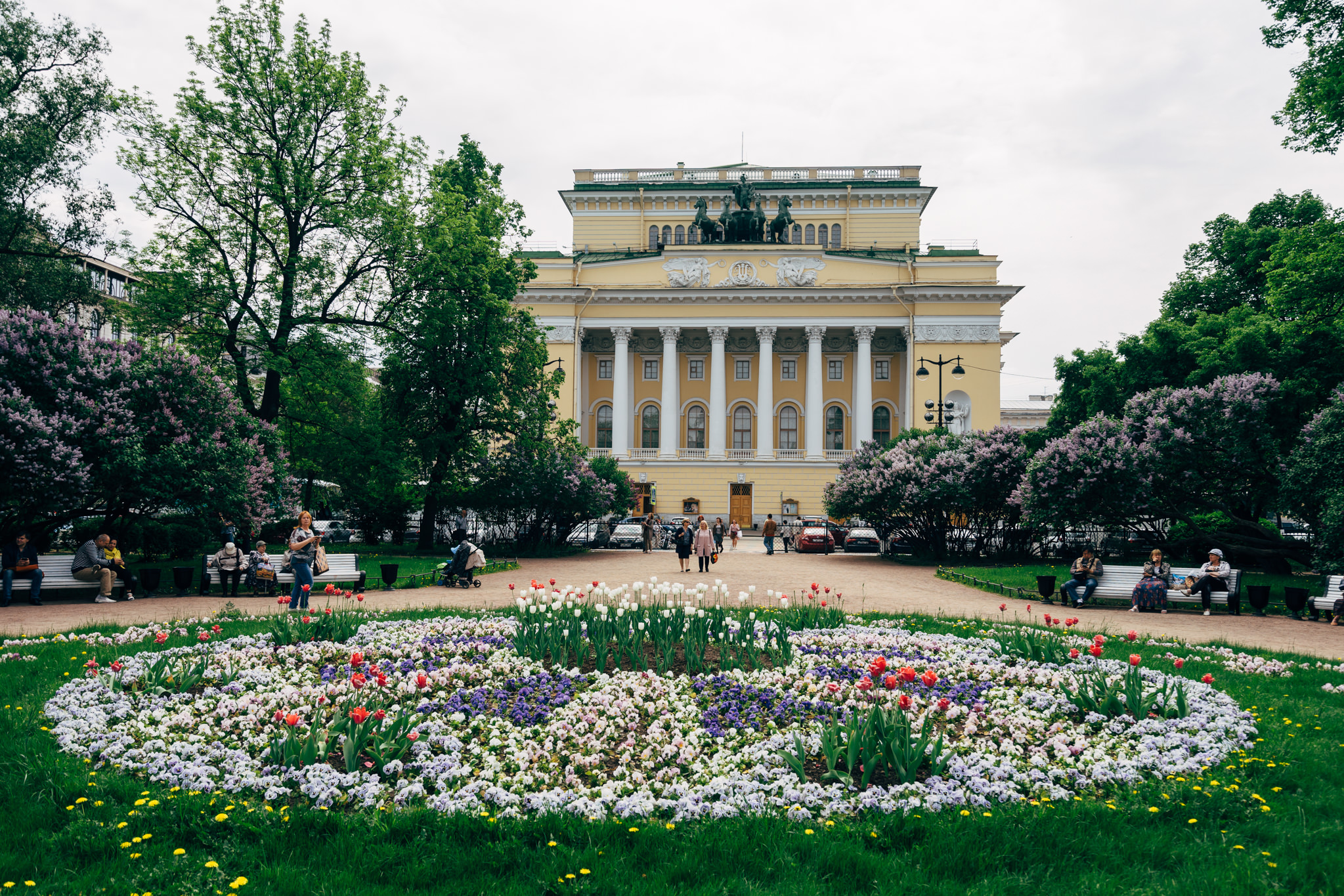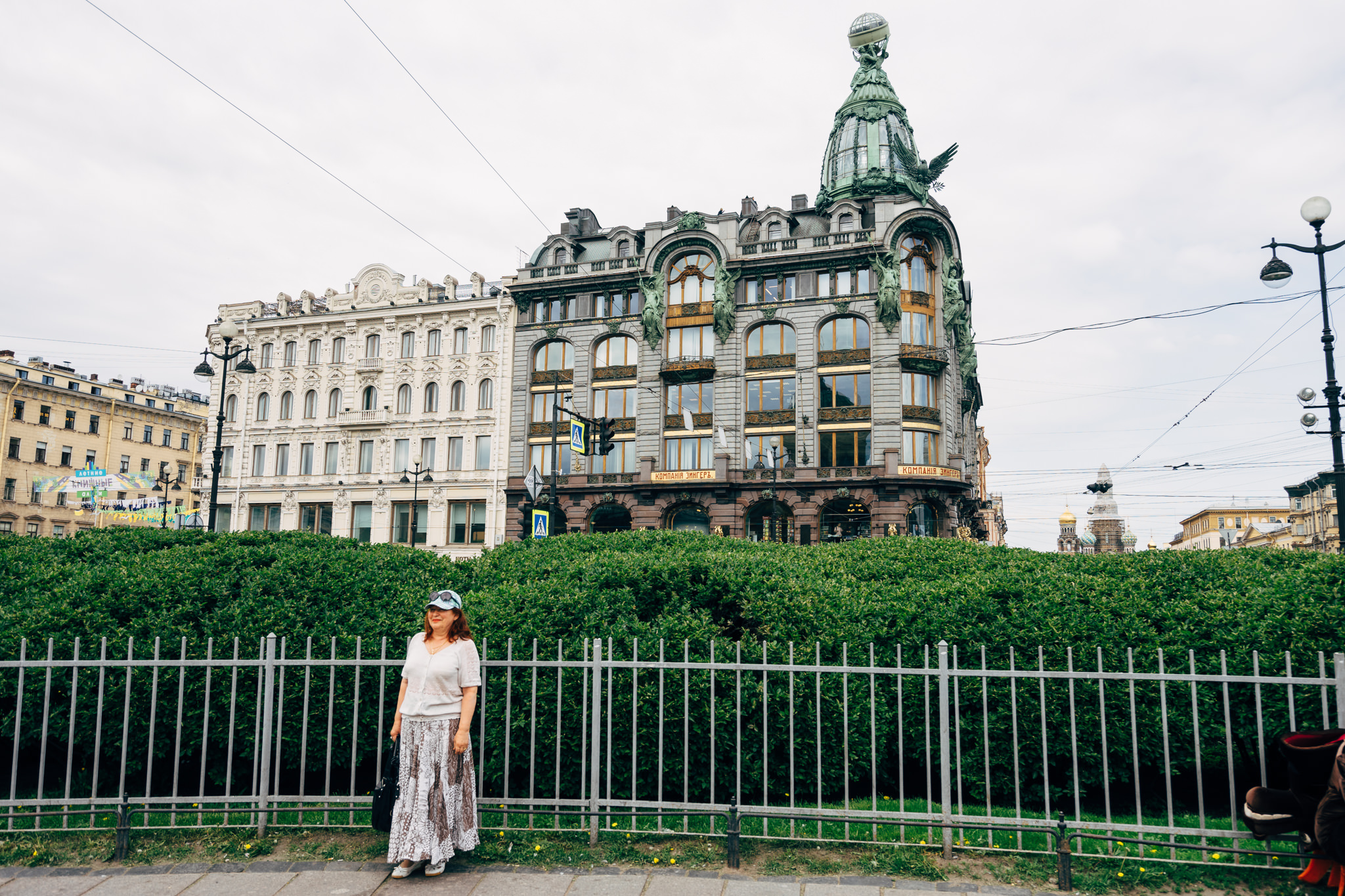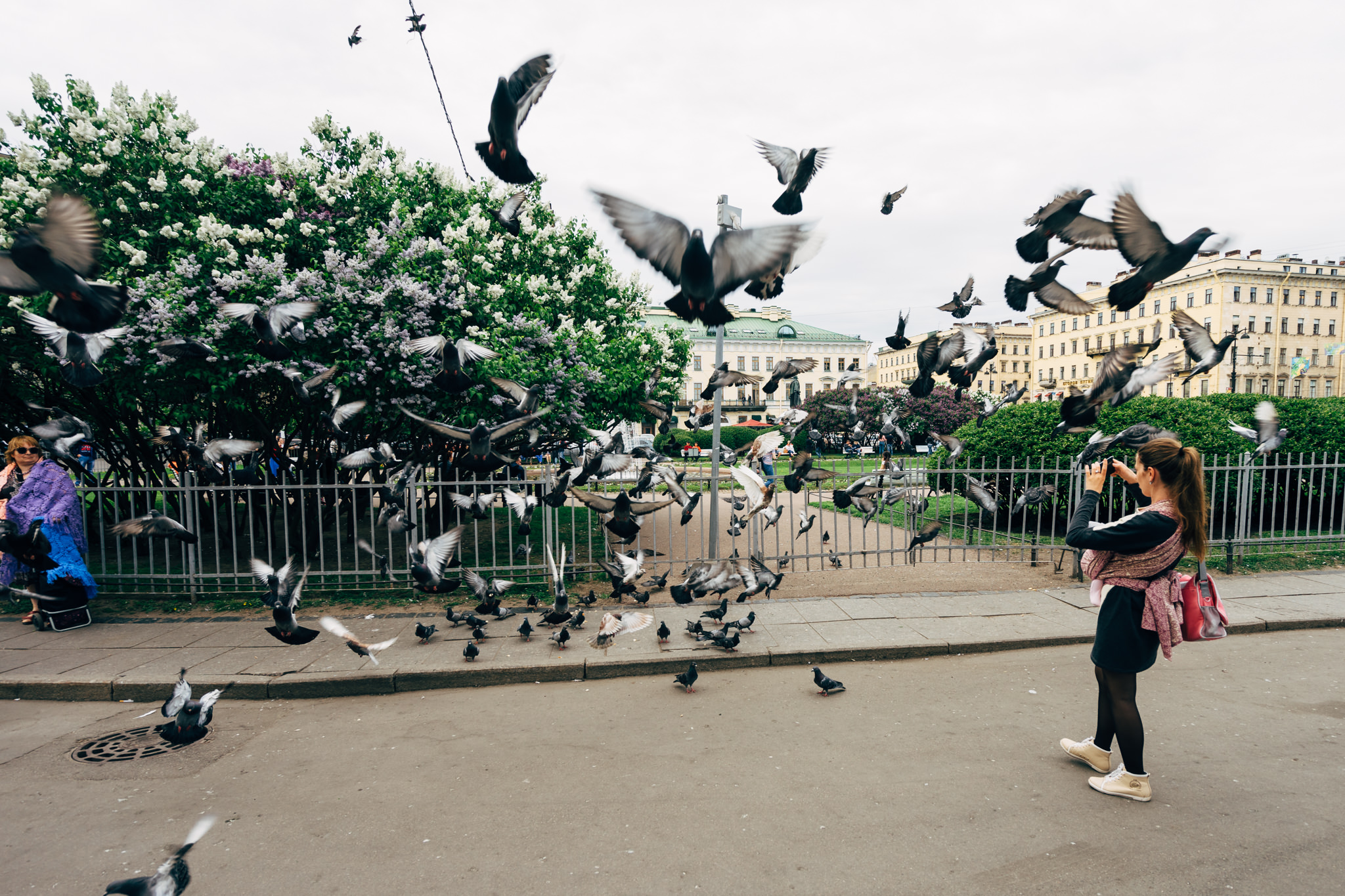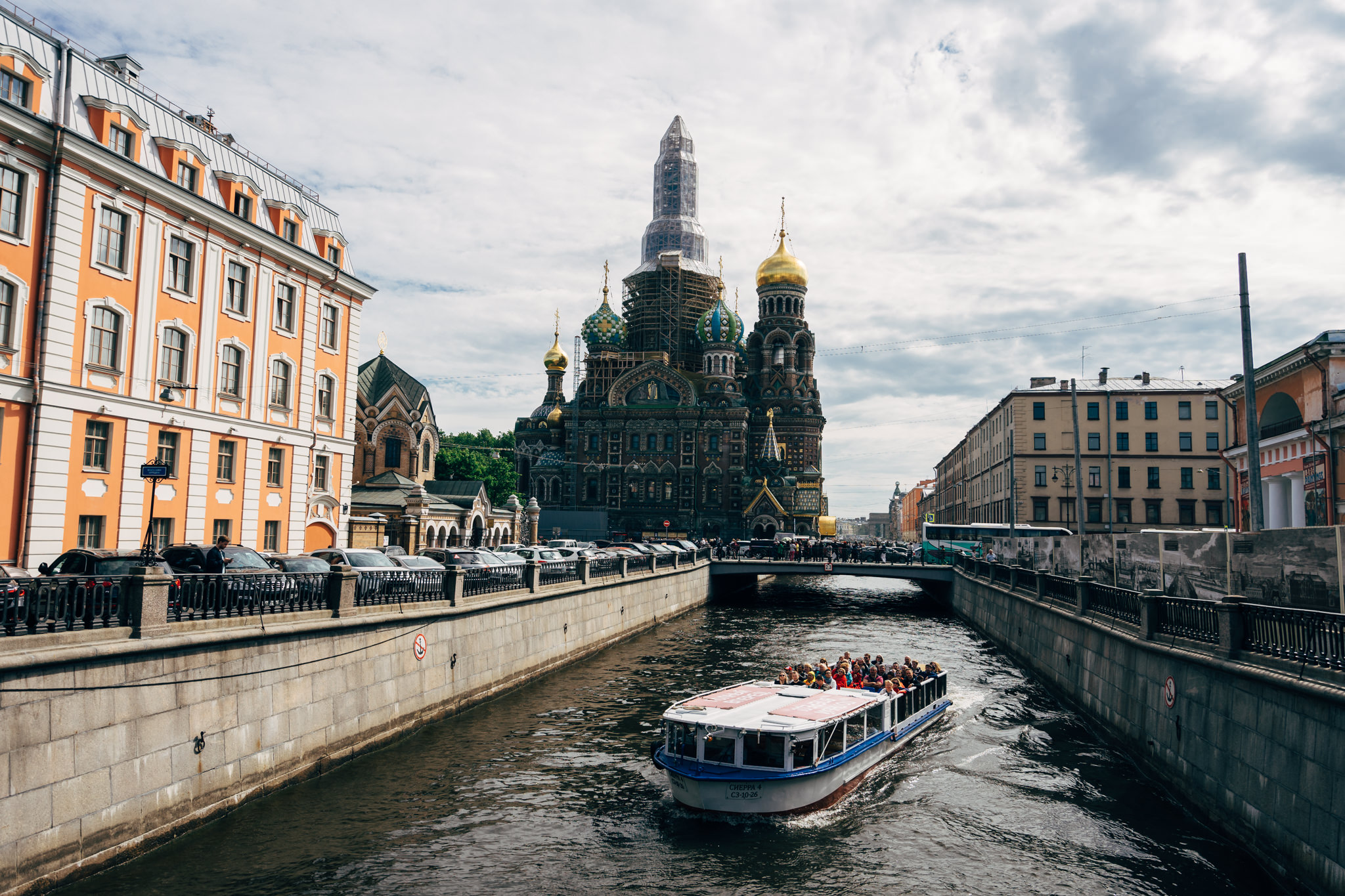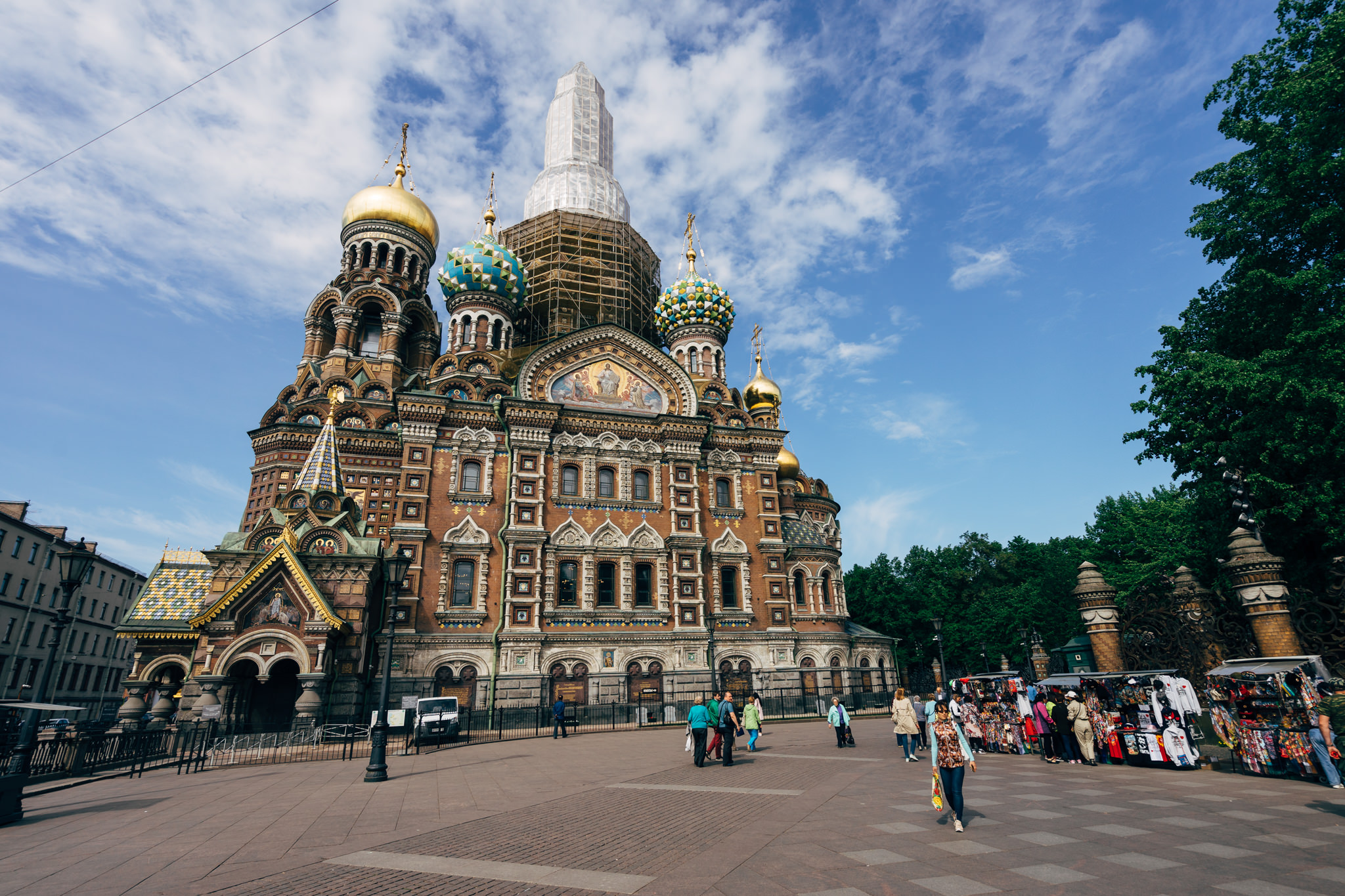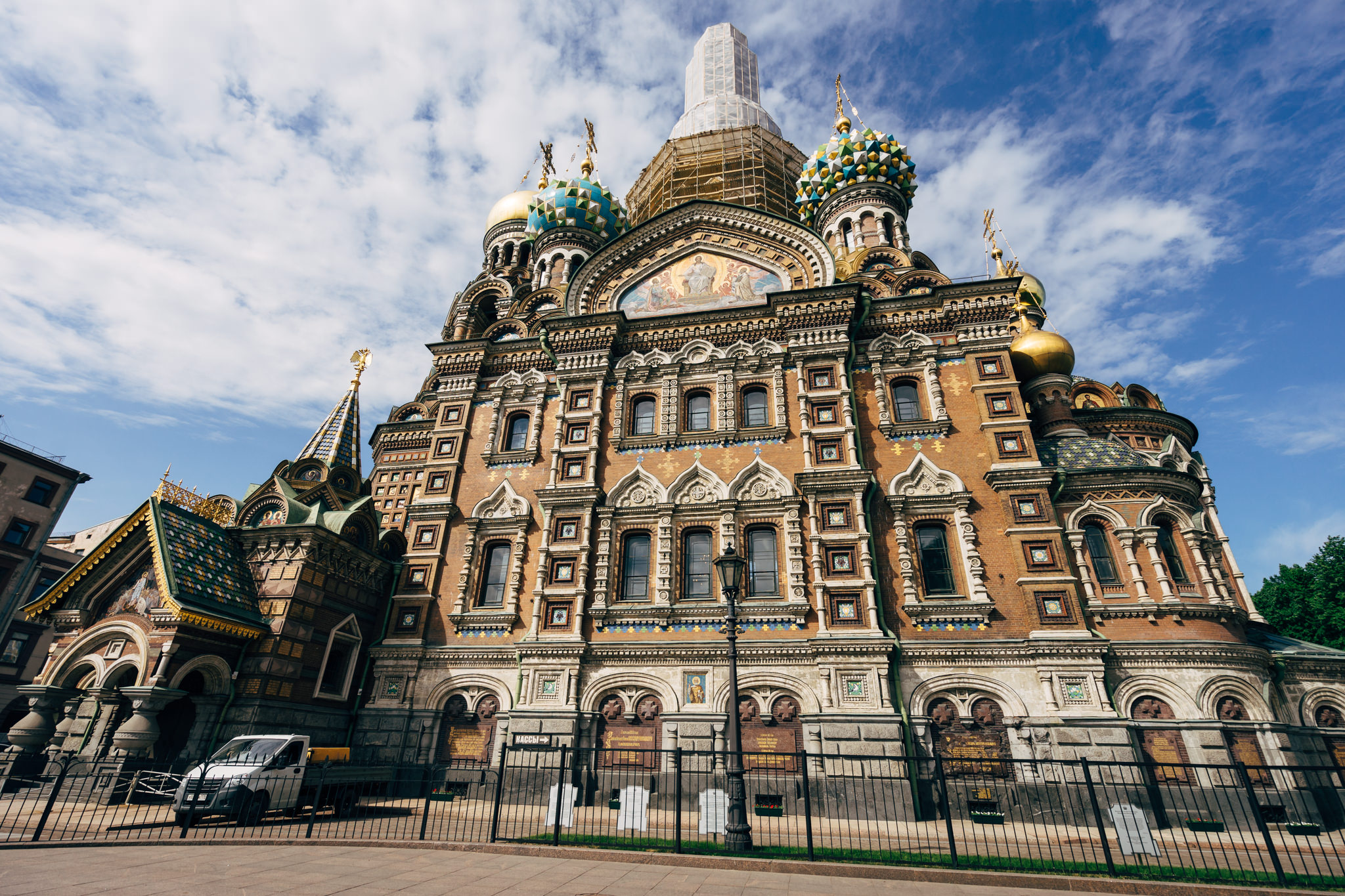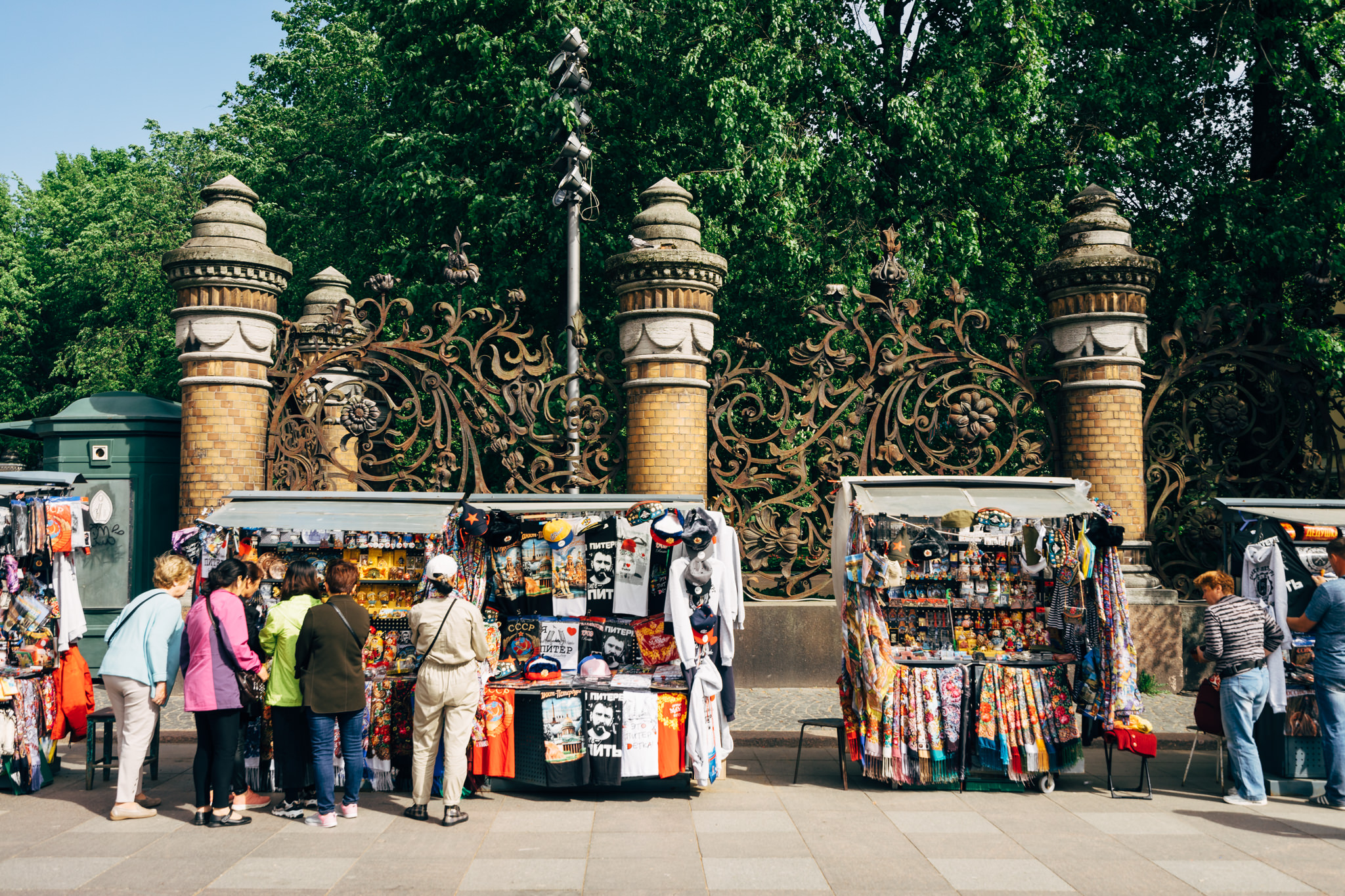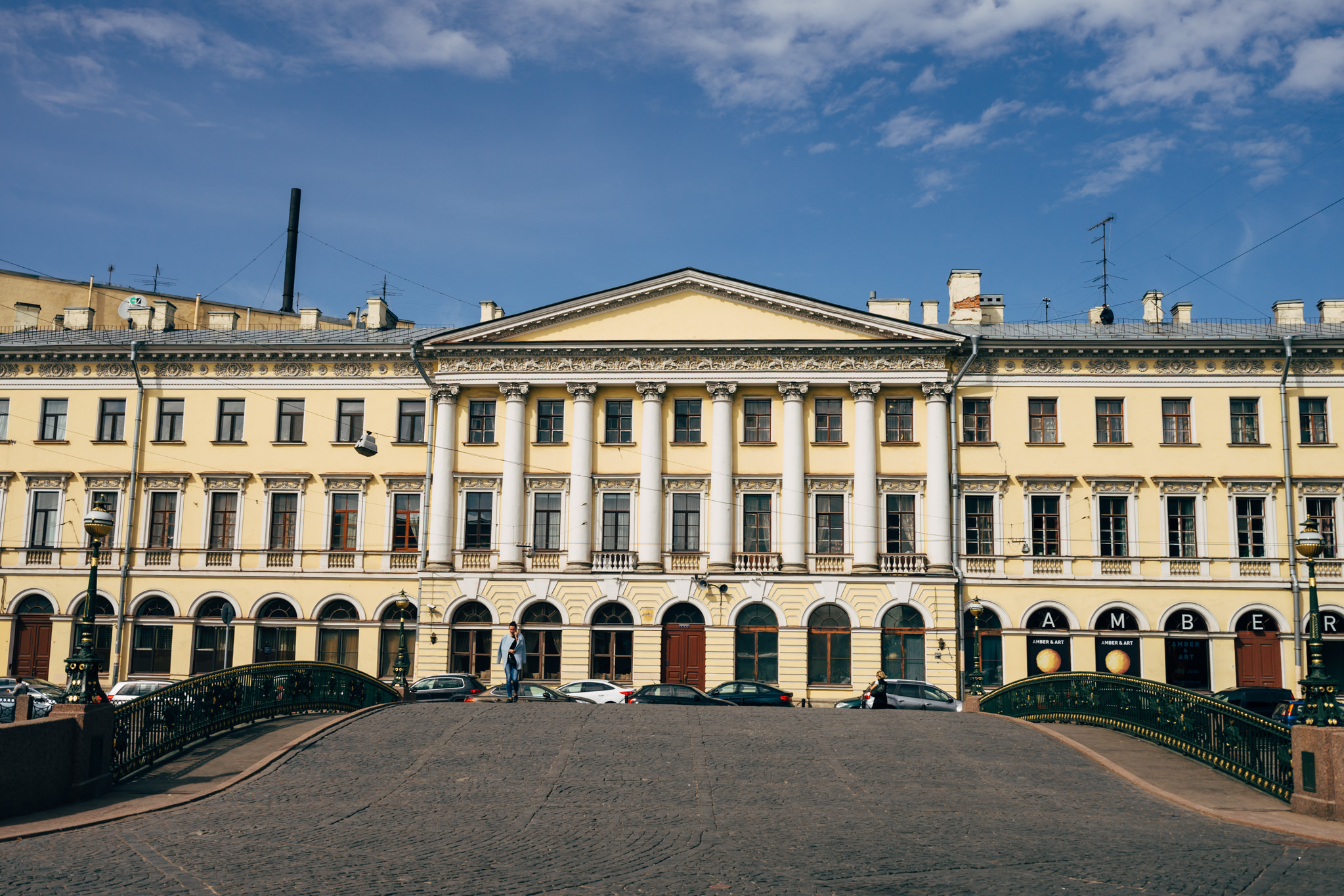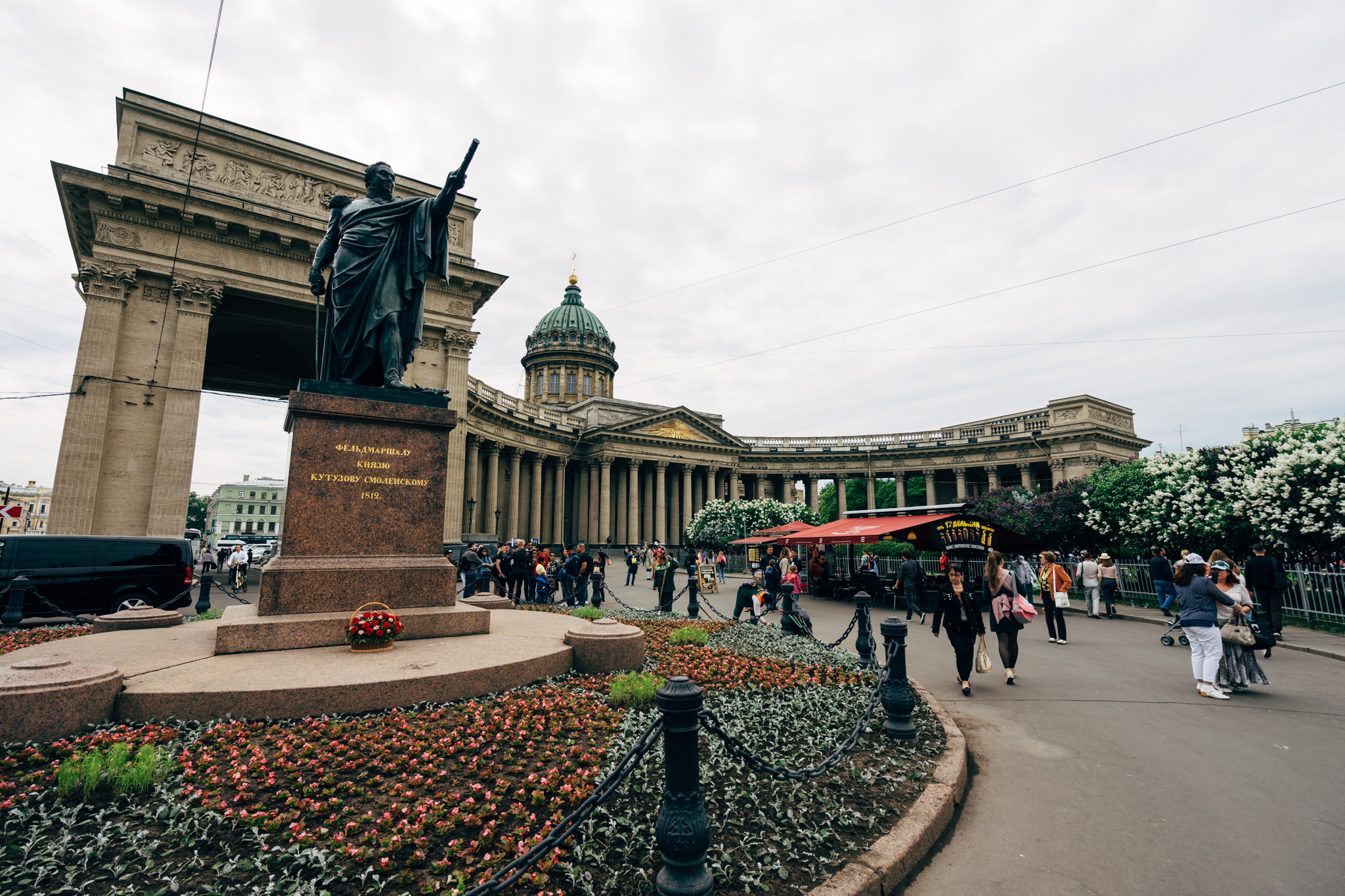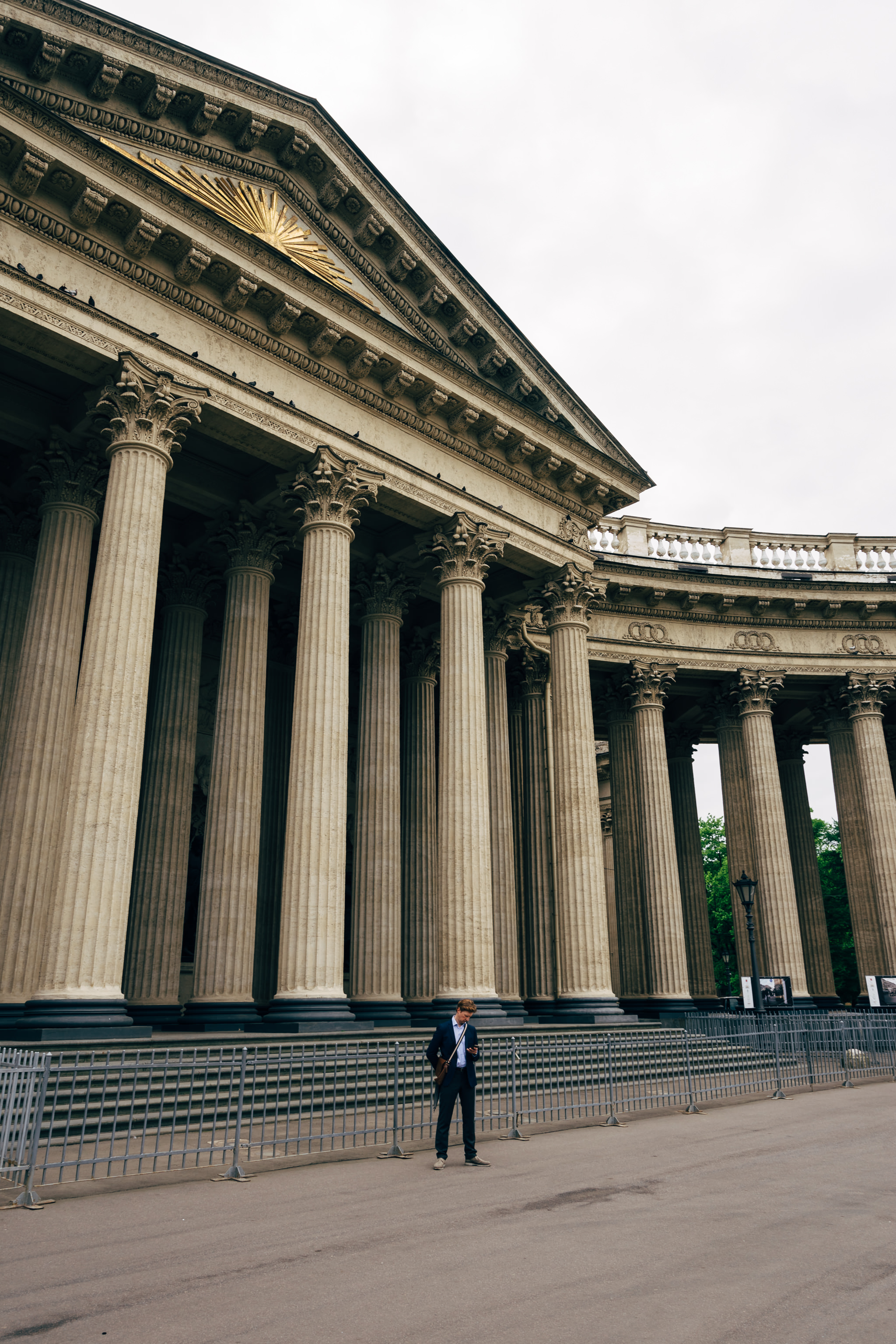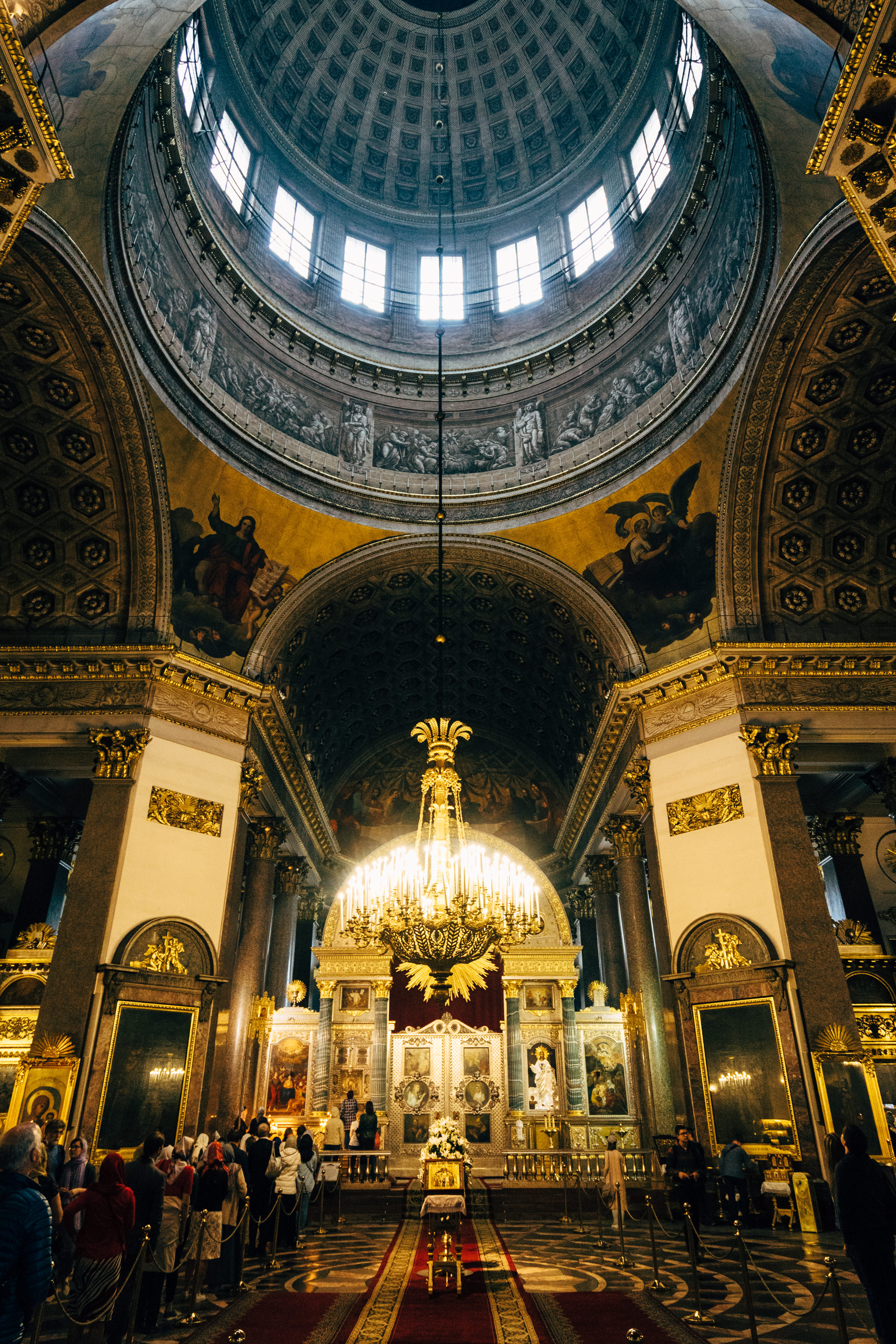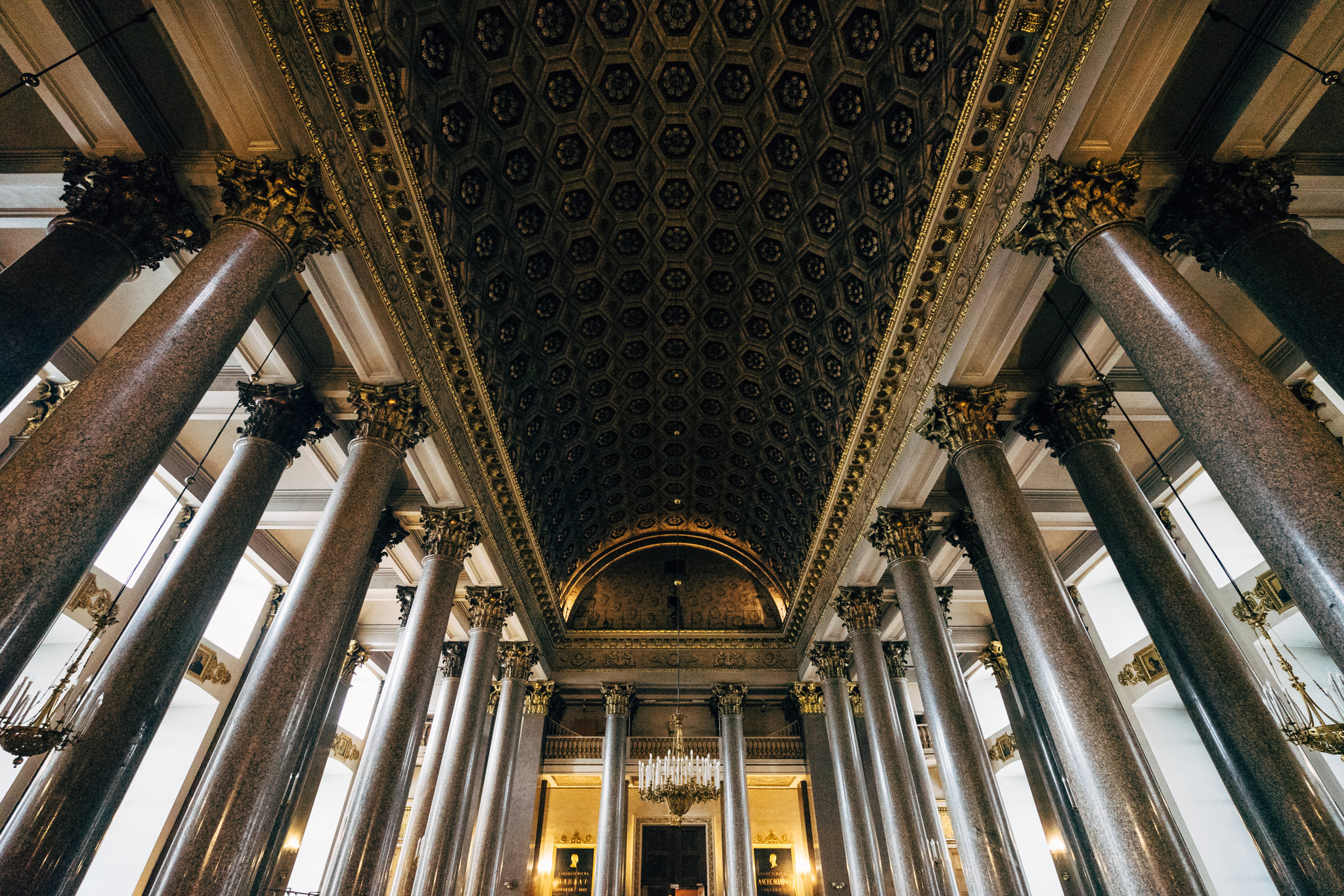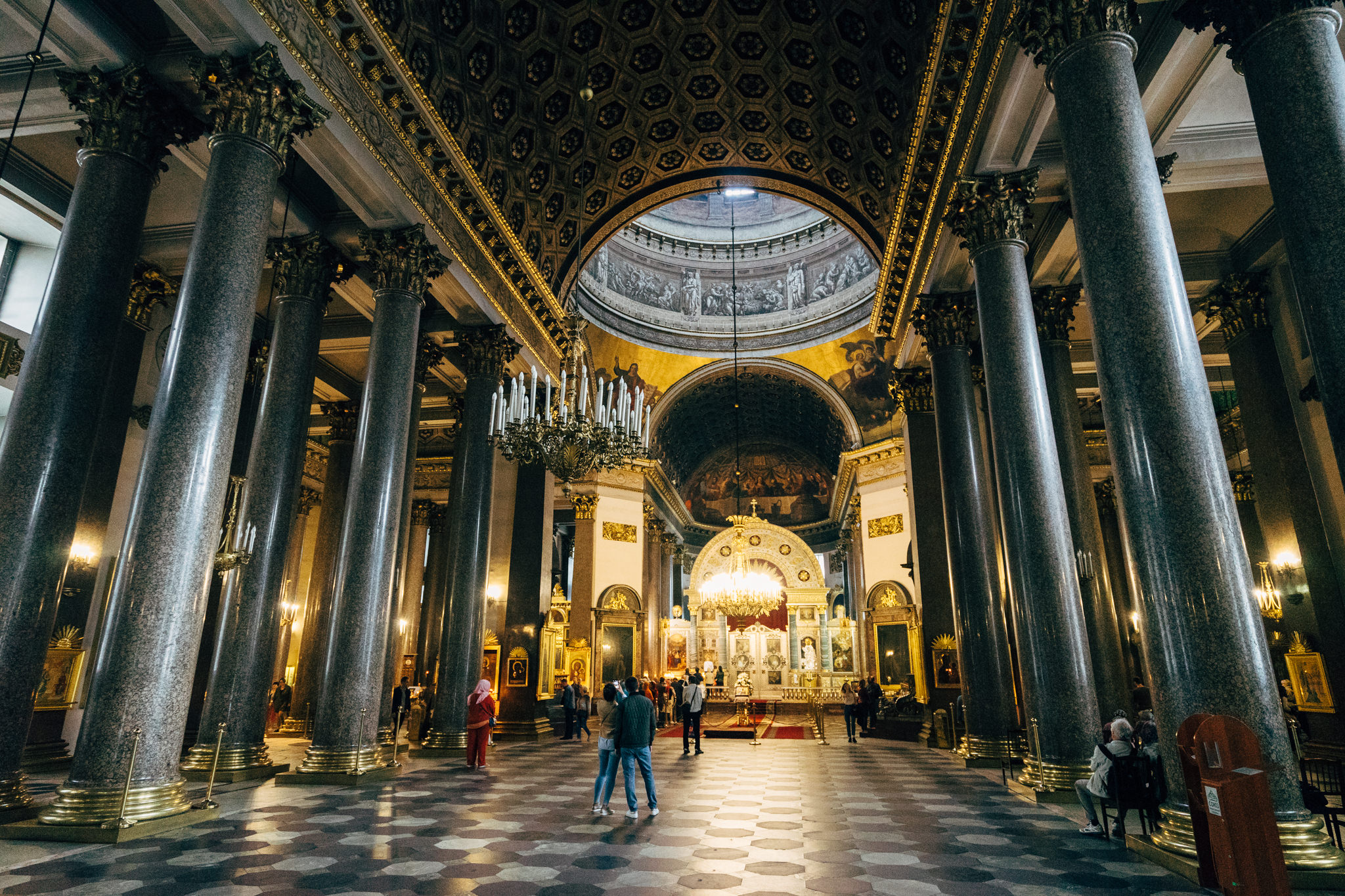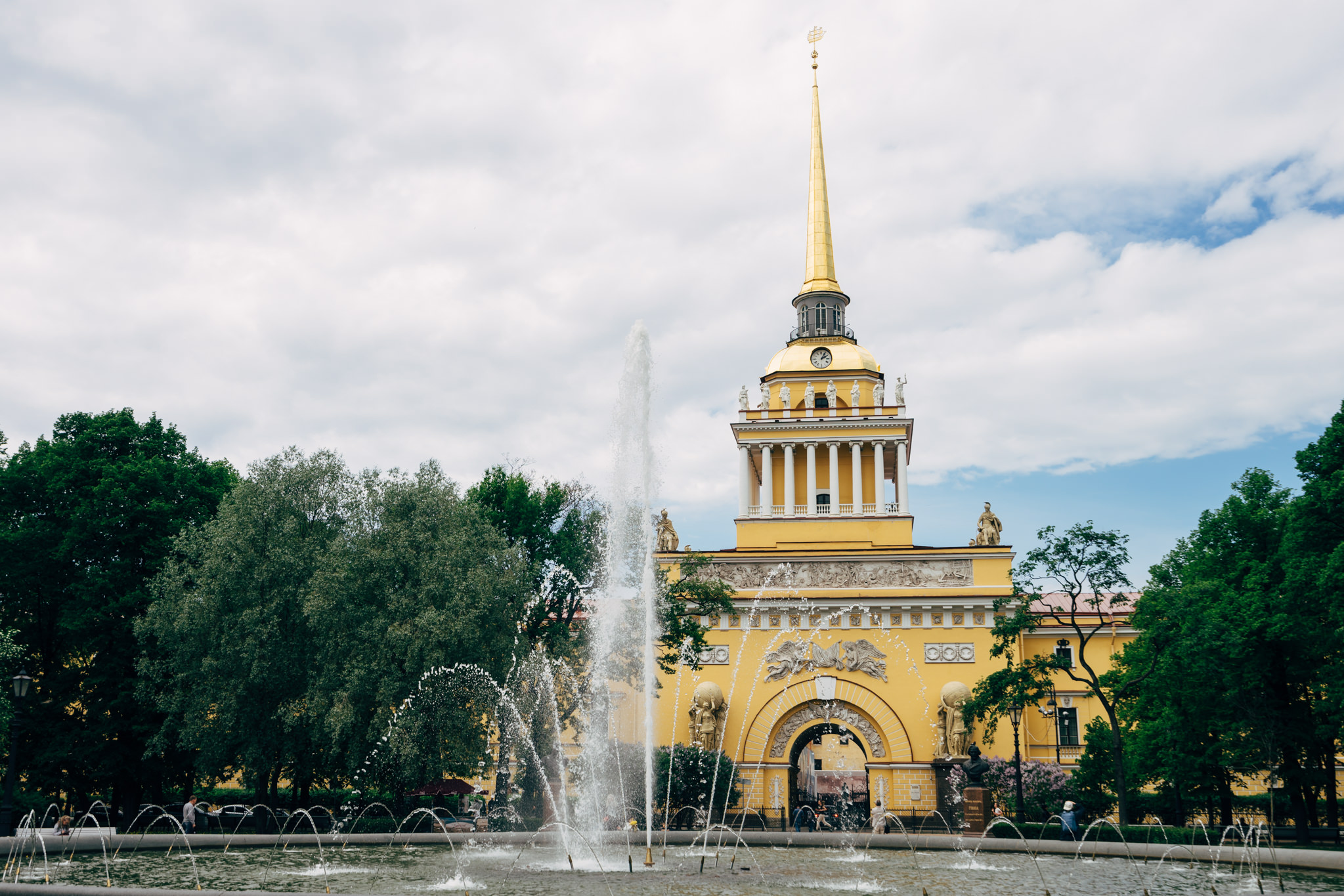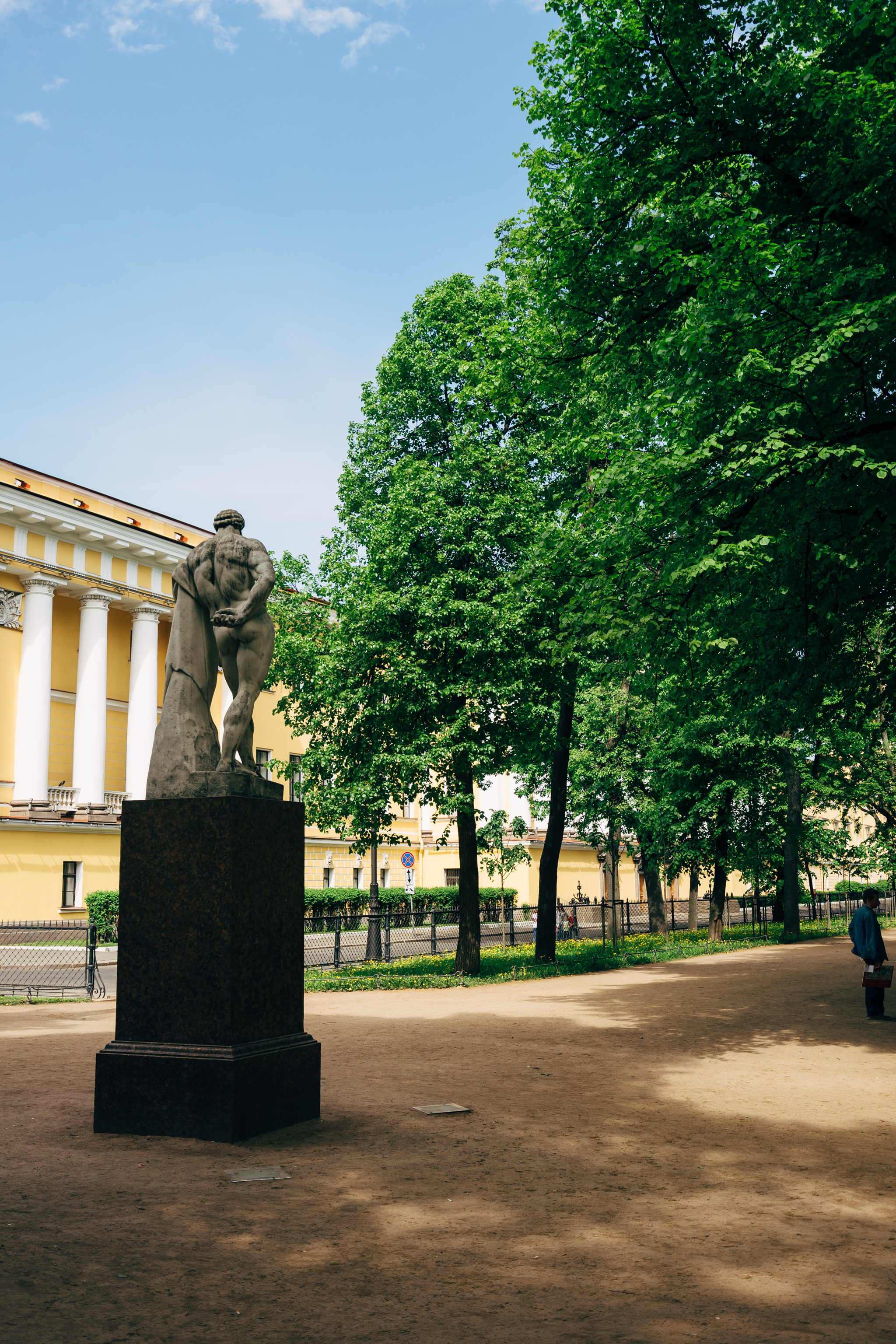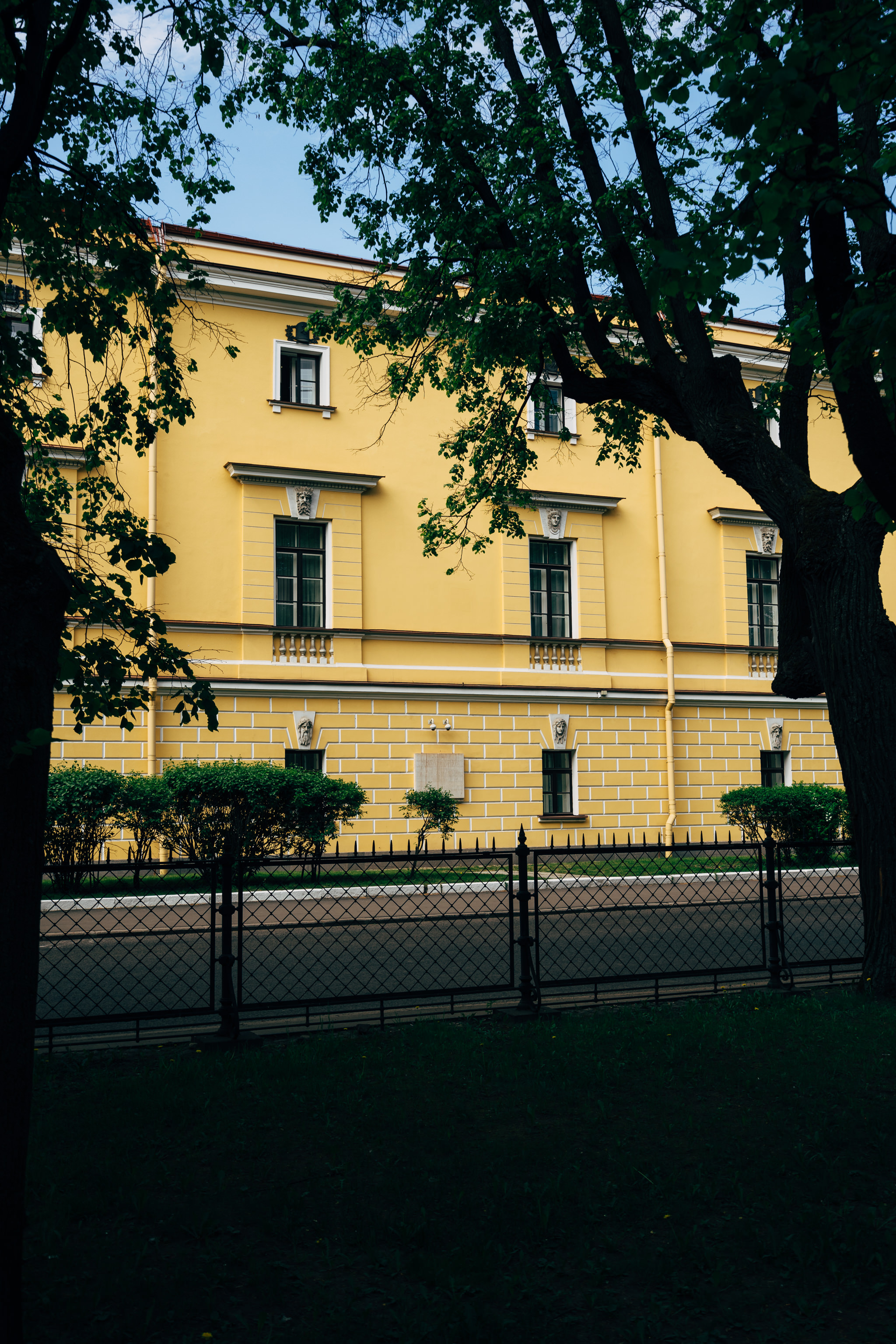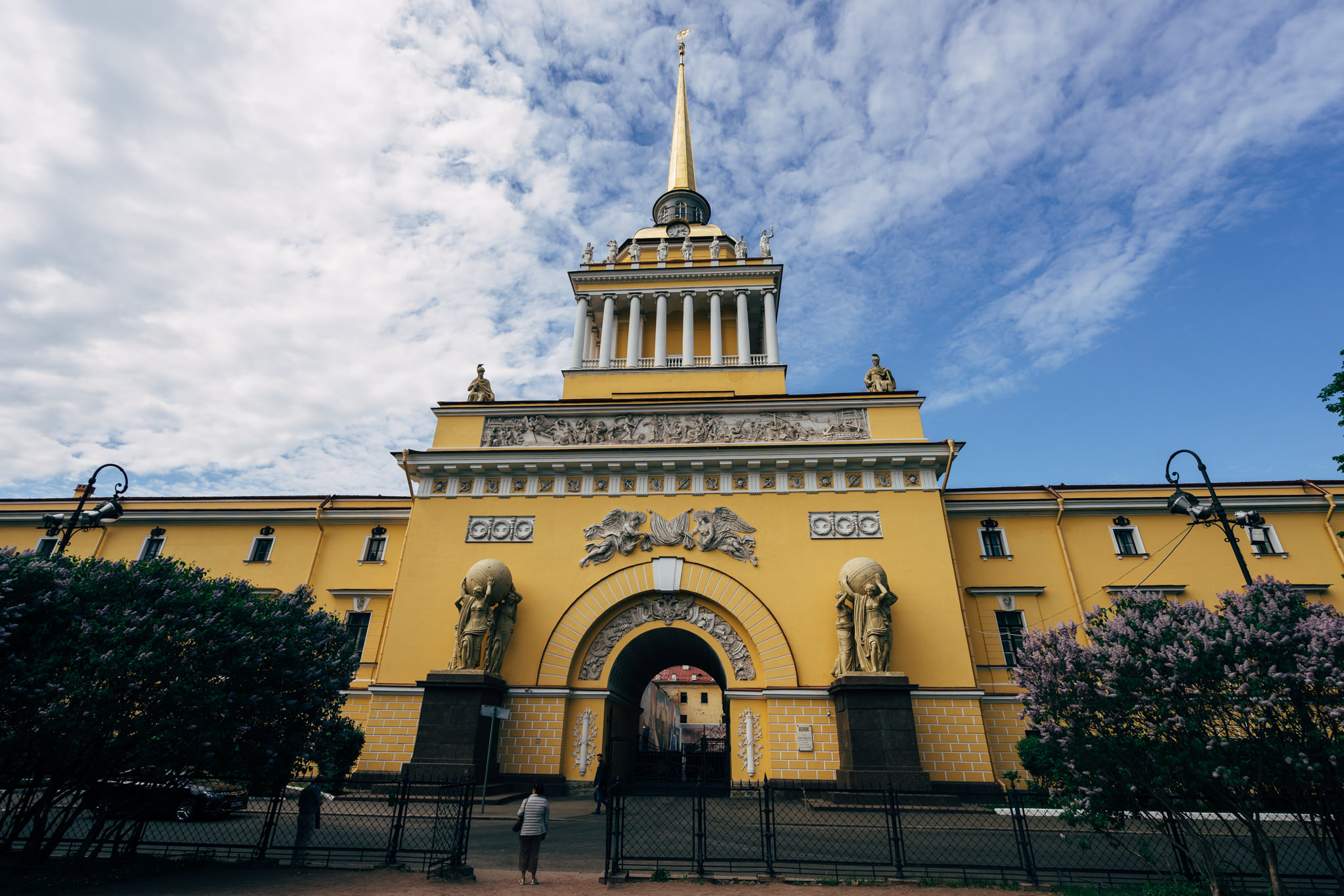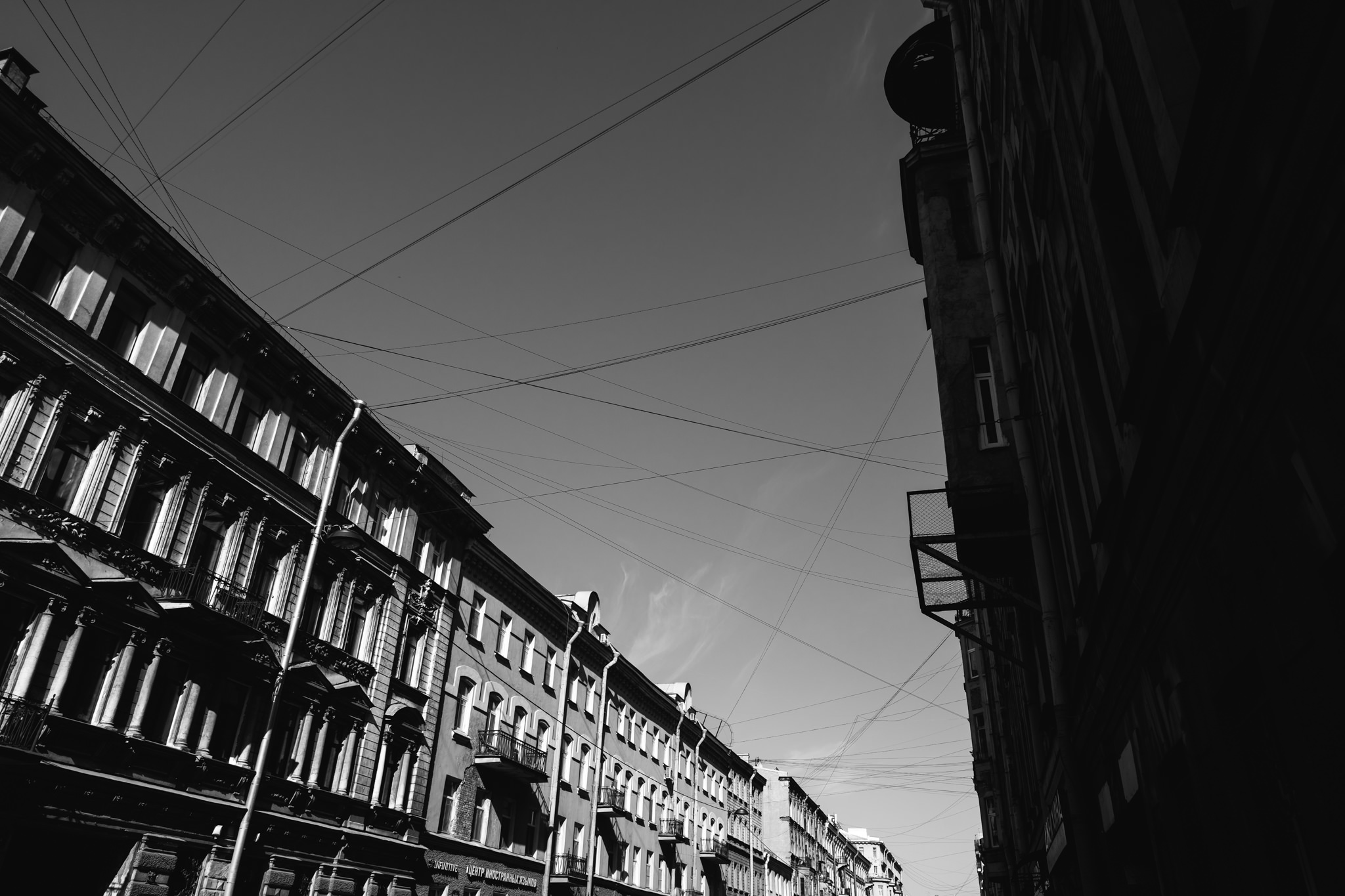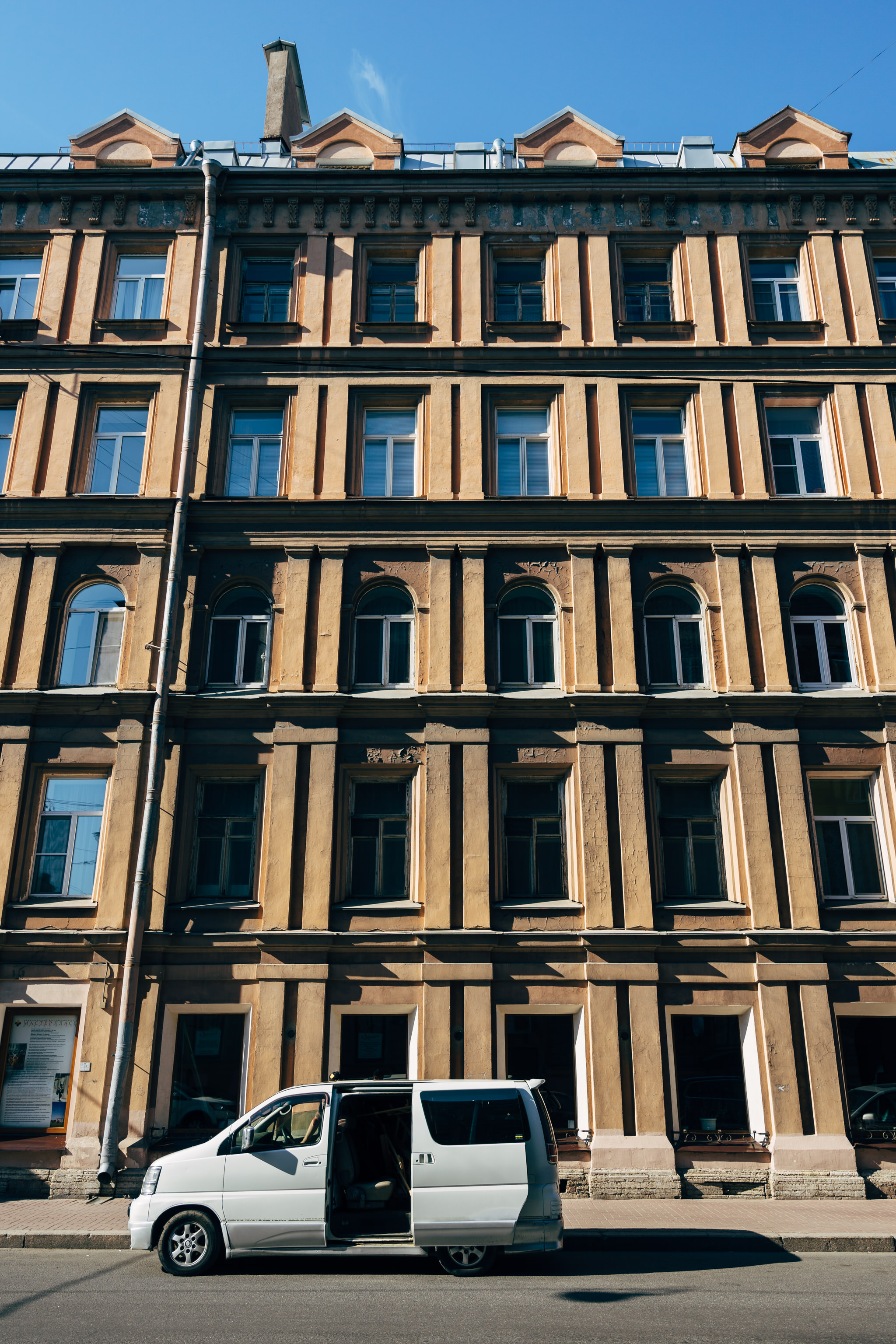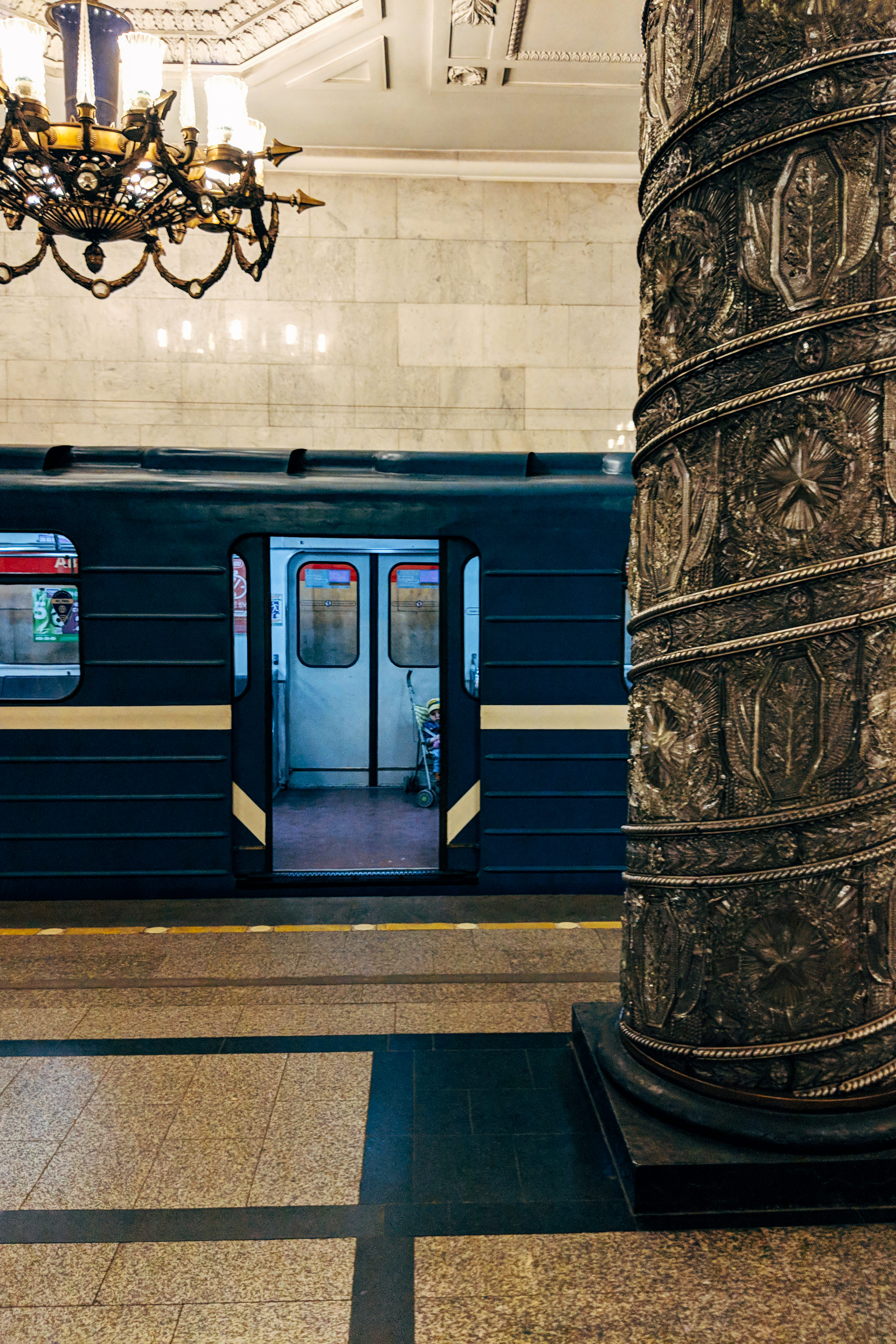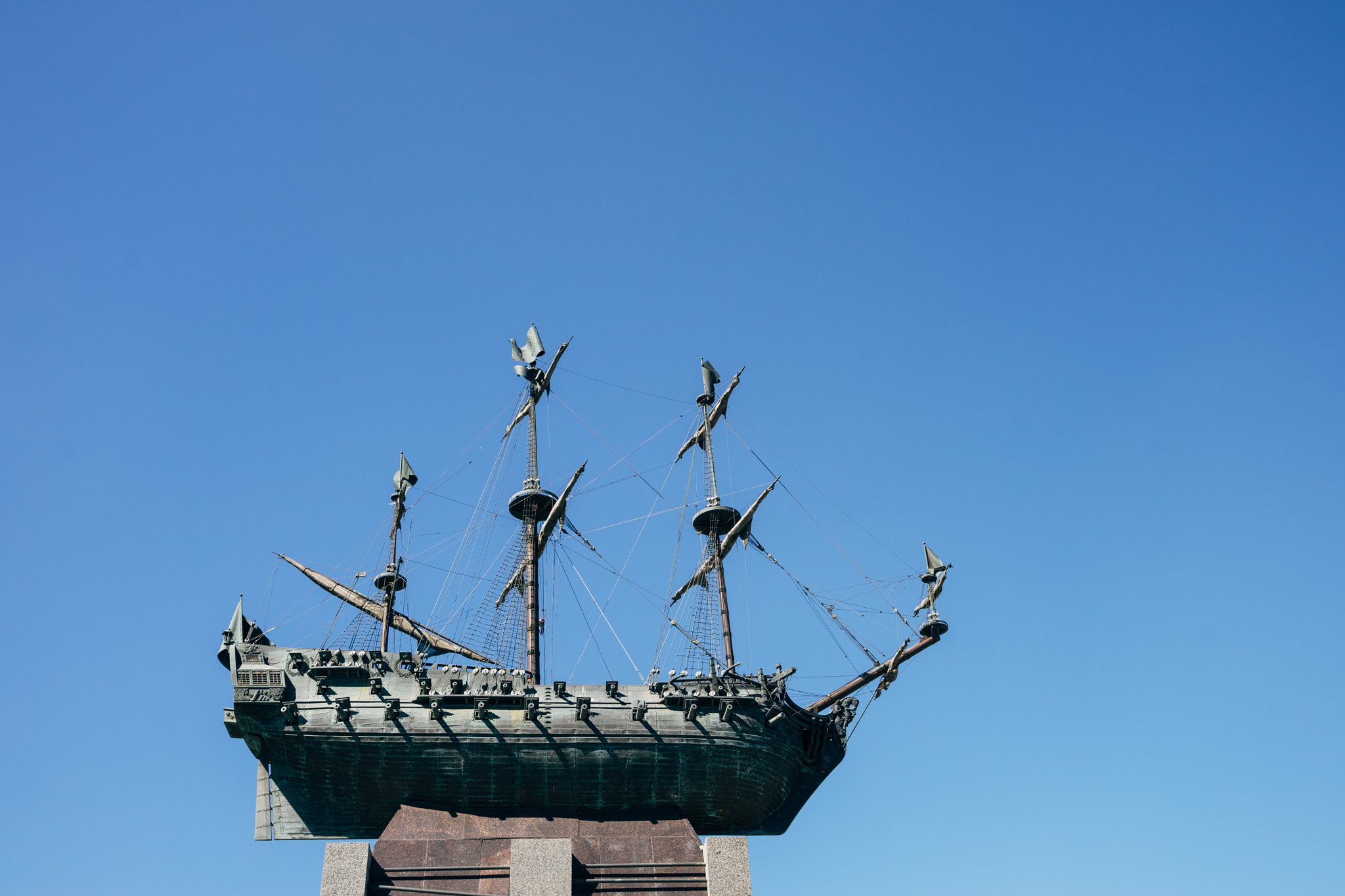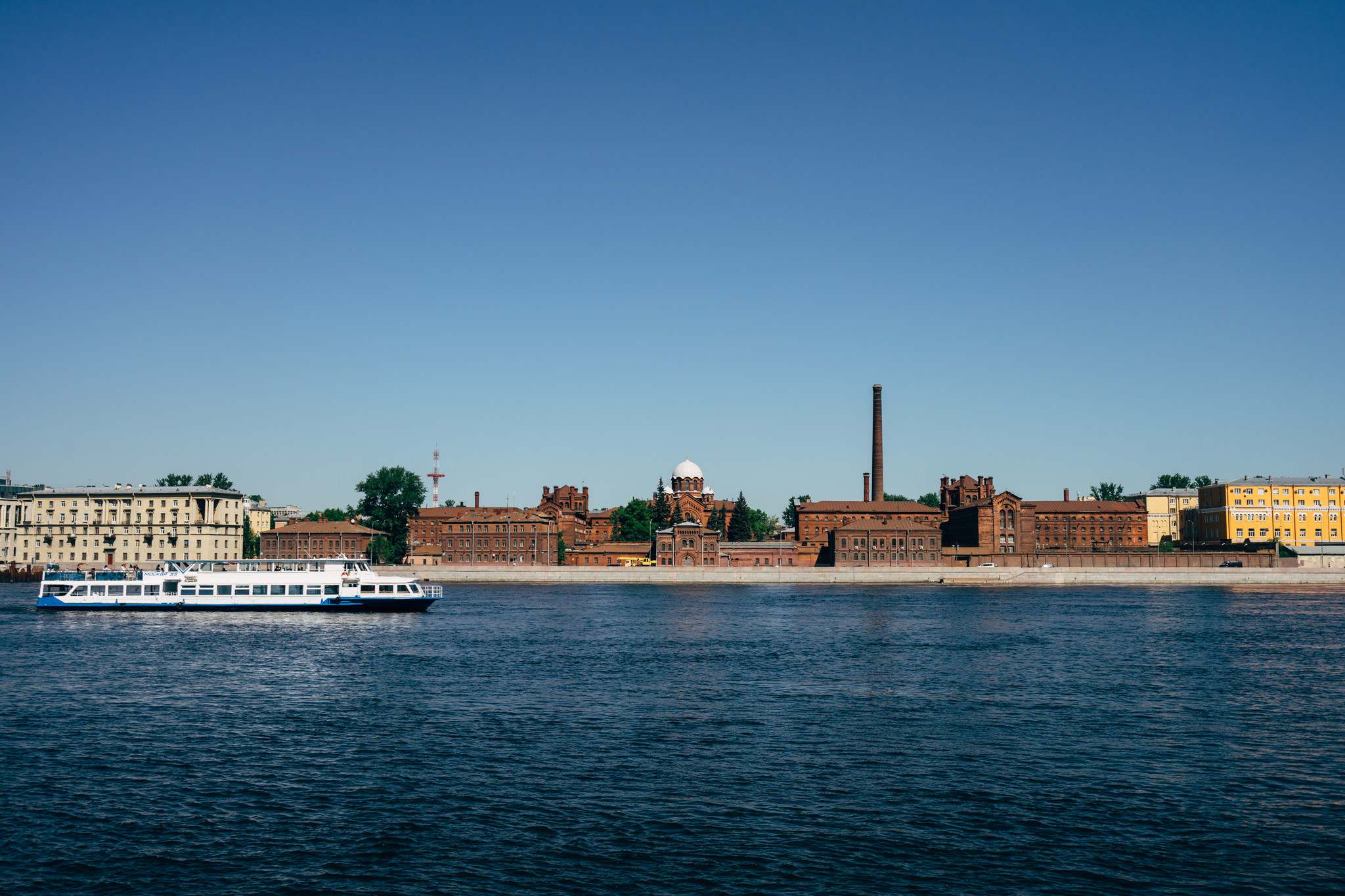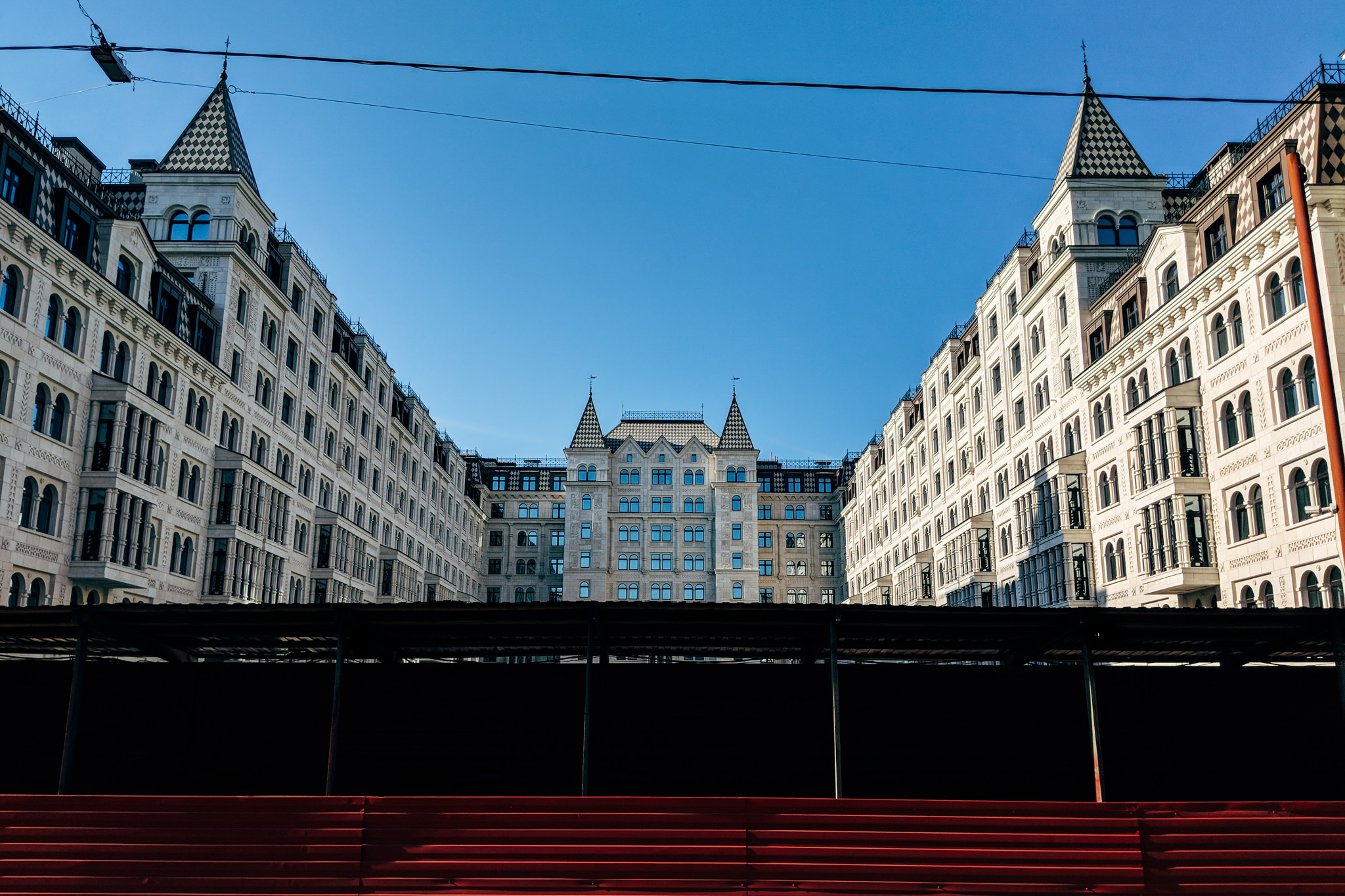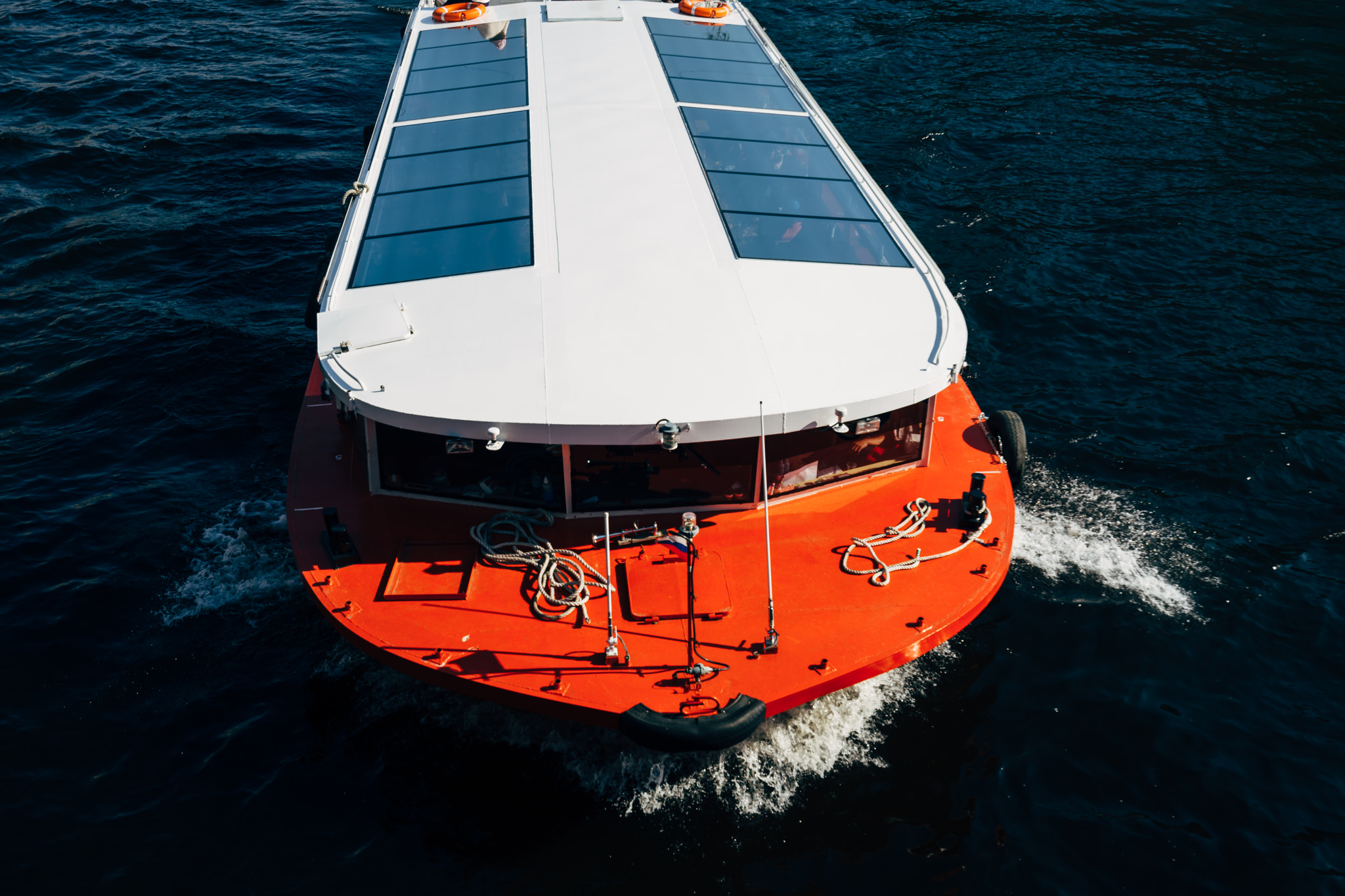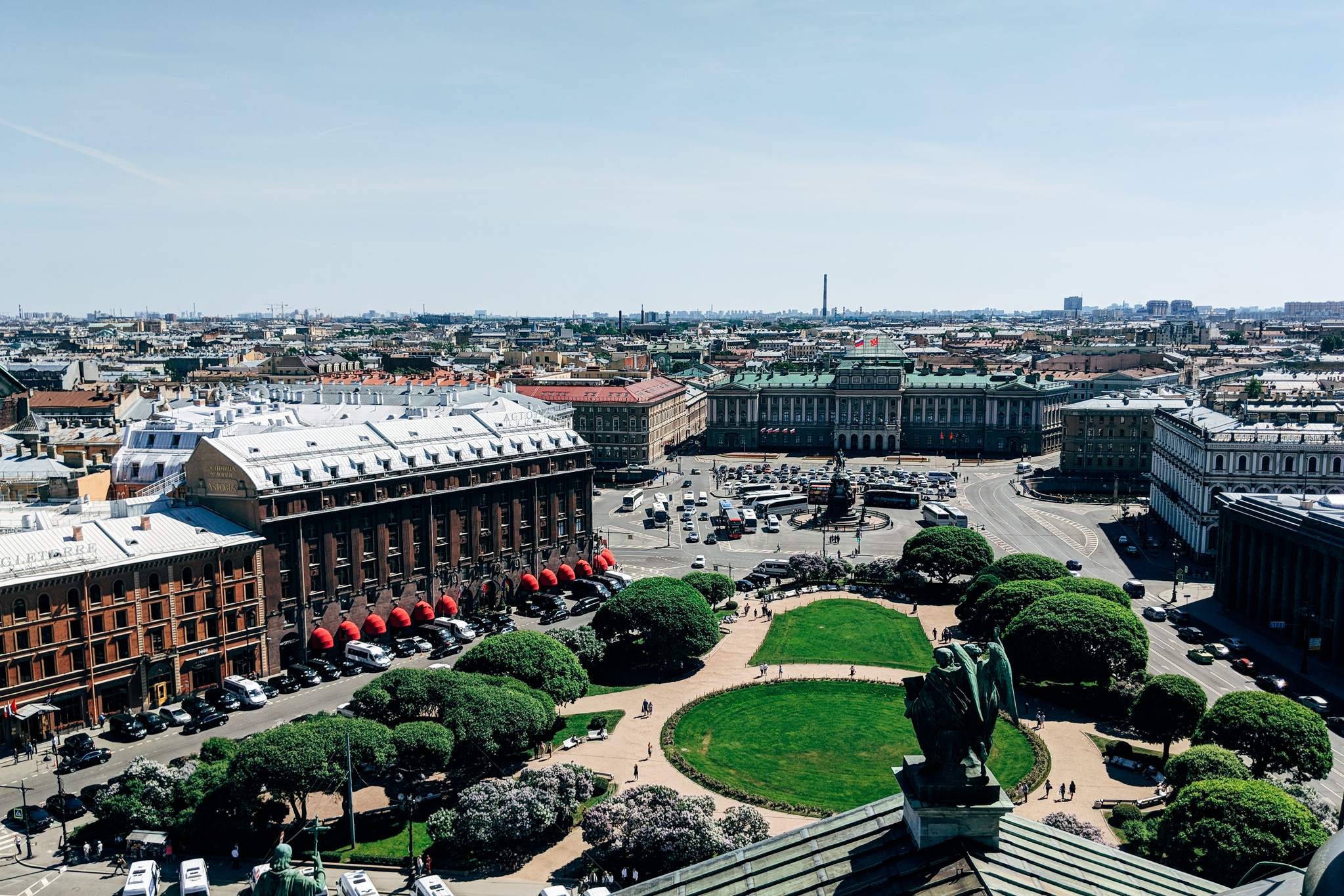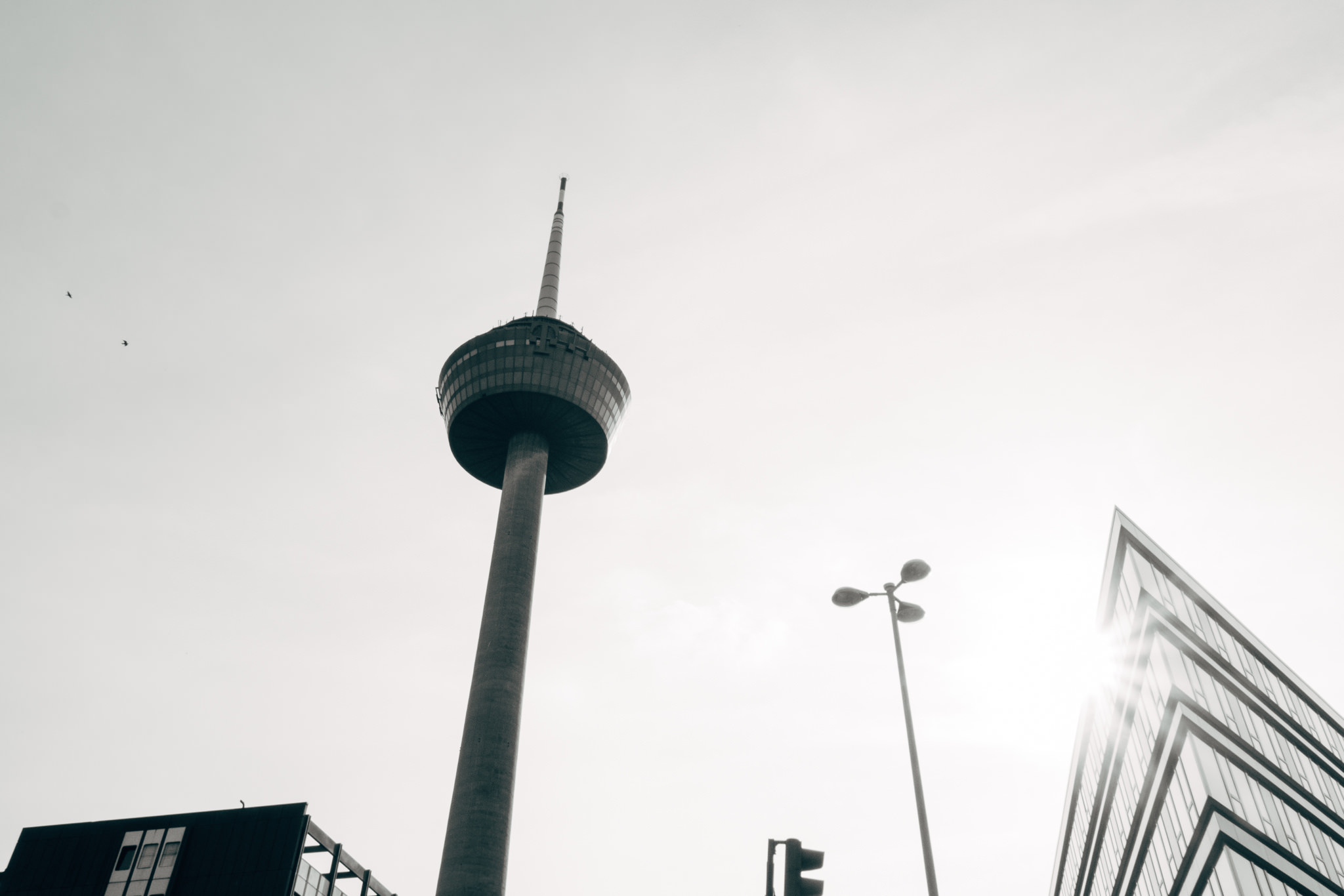For a long time, St. Petersburg was the centre of power in Russia. Still to this day the second largest city is of significant importance for Russia.
The metropolis on the Neva River was founded in May 1703 by Tsar Peter the Great, after taking Nyenschantz Fortress and the city of Nyen from the Swedes in the Great Northern War.
Saint Petersburg was the capital of the Imperial Russia from the 18th to the 20th century and home to the most important Russian Baltic port.
Peter the Great did not, as you might think, name the city after himself, he named it after the apostle Simon Peter. After the outbreak of the First World War, the city was renamed Petrograd, which did not sound so German.
On January 26, 1924, the city was renamed Leningrad to honor Vladimir Ilyich Ulyanov, better known as Lenin, who died five days earlier.
Since September 1991, the city again bears its old name Saint Petersburg.
Several canals and rivers run through the city centre of St. Petersburg. These are the reason why the Russian city is sometimes called “Venice of the North”. However, the unique gondolas of the original are missing, mainly normal tourist boats sail through the canals with granite embankment.
Saint Petersburg is not the only Venice of the North, but Amsterdam, Amiens, Bruges, Copenhagen, Gdansk, Hamburg and Stockholm also claim the title.
On Griboedov Canal lies one of the most magnificent churches in town, The Church of the Savior on Spilled Blood. The church was built between 1883 and 1907 on the site where Emperor Alexander II was fatally wounded in March 1881. The beautiful decoration of the facade and the typical onion domes of Russian Orthodox churches are noteworthy.
Another magnificent religious building in the port city is the Kazan Cathedral. The Russian Orthodox Cathedral is about 100 years older than the “The Church of the Savior on Spilled Blood” and is located on Nevsky Prospekt, the main street in the city of St. Petersburg.
The Kazan Cathedral, dedicated to Our Lady of Kazan, a holy icon of the highest stature within the Russian Orthodox Church, is considered to be the model of the Helsinki Cathedral.
